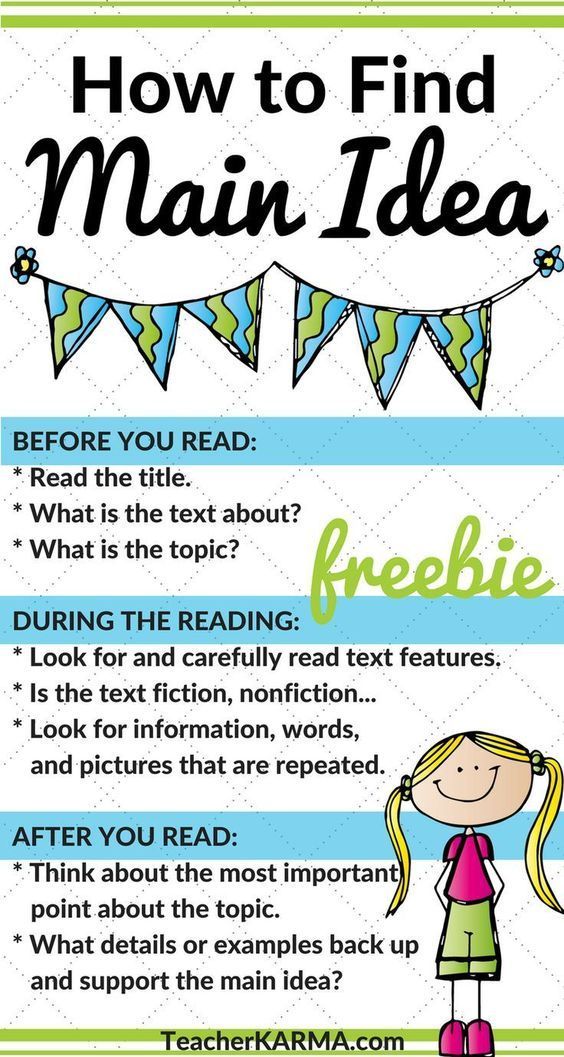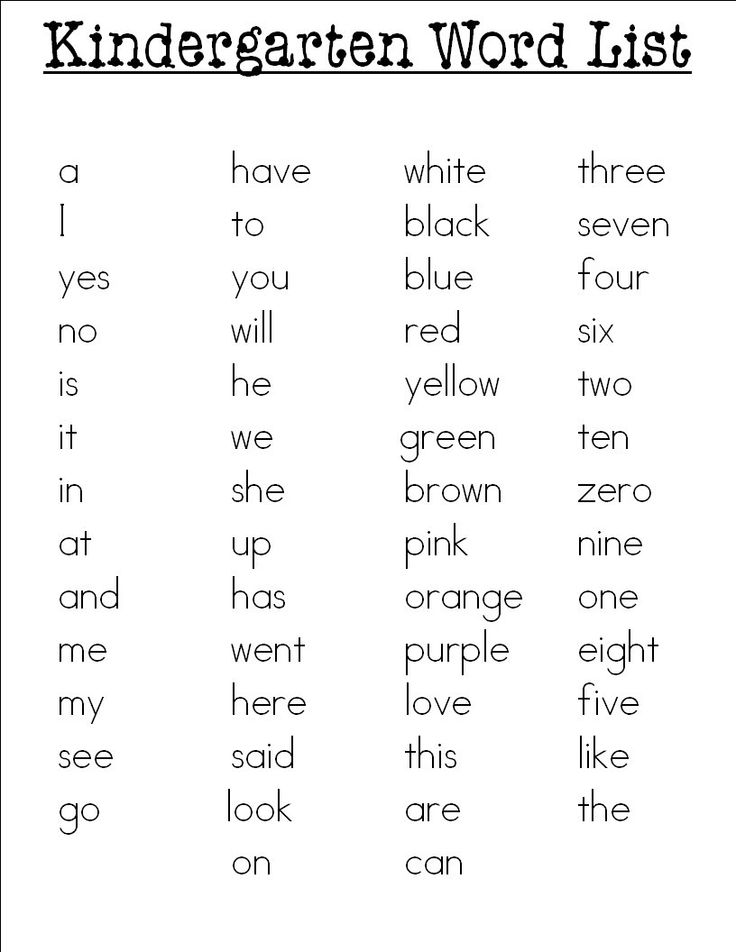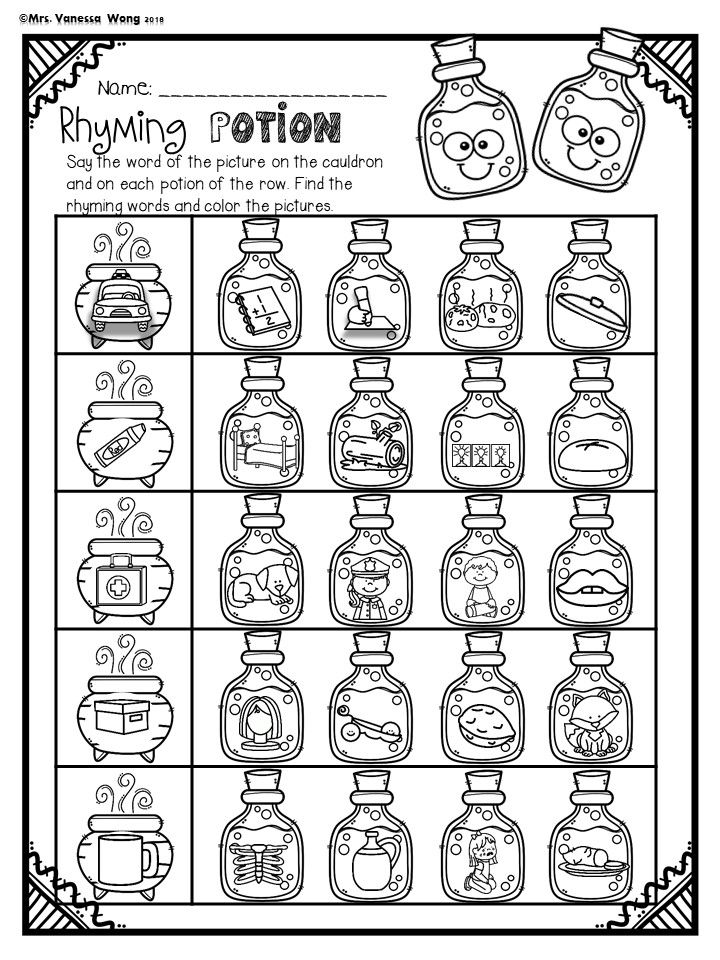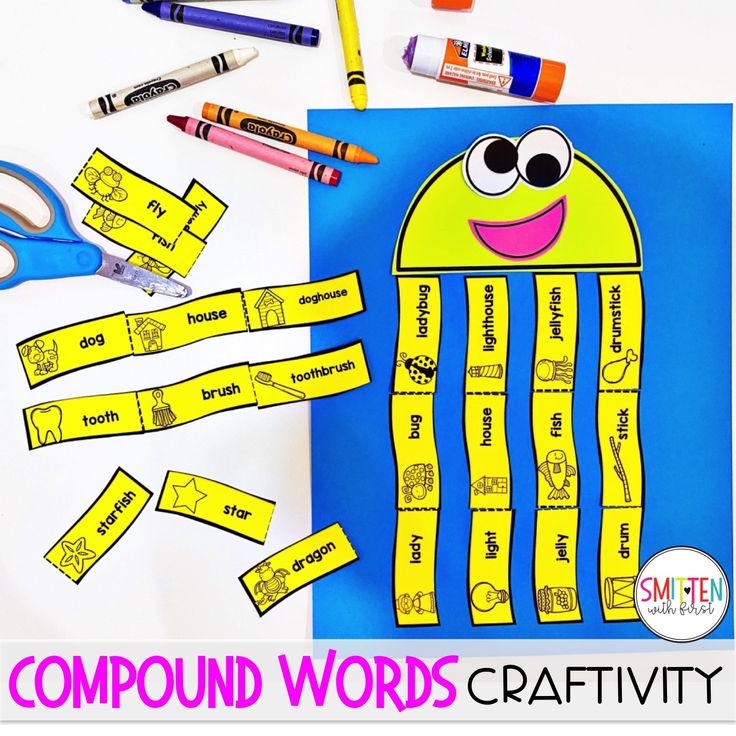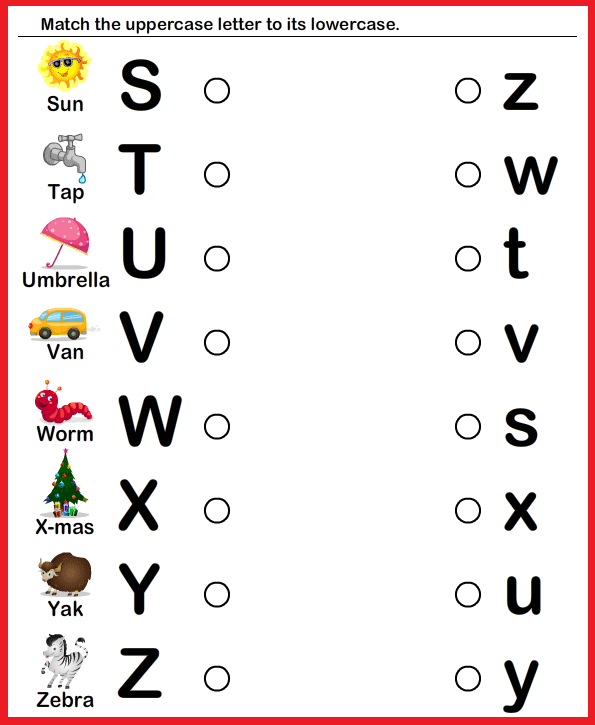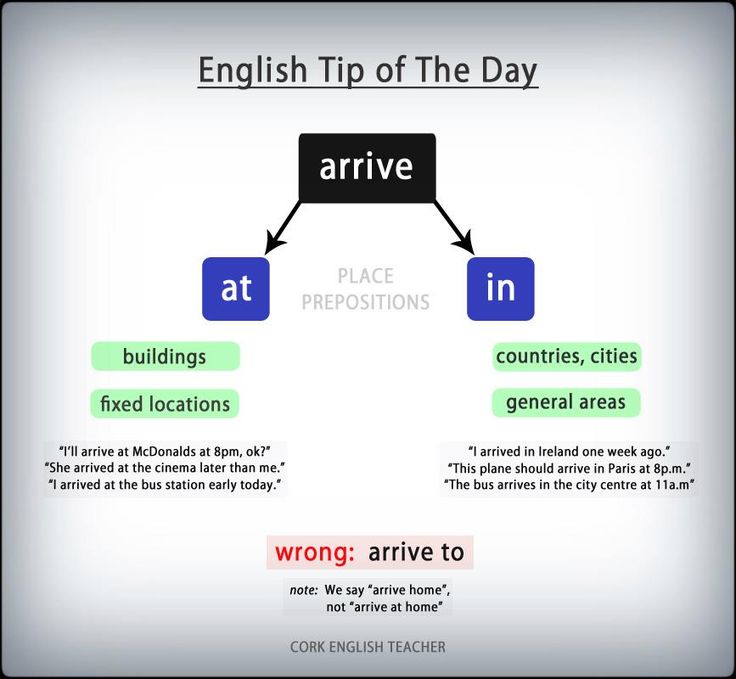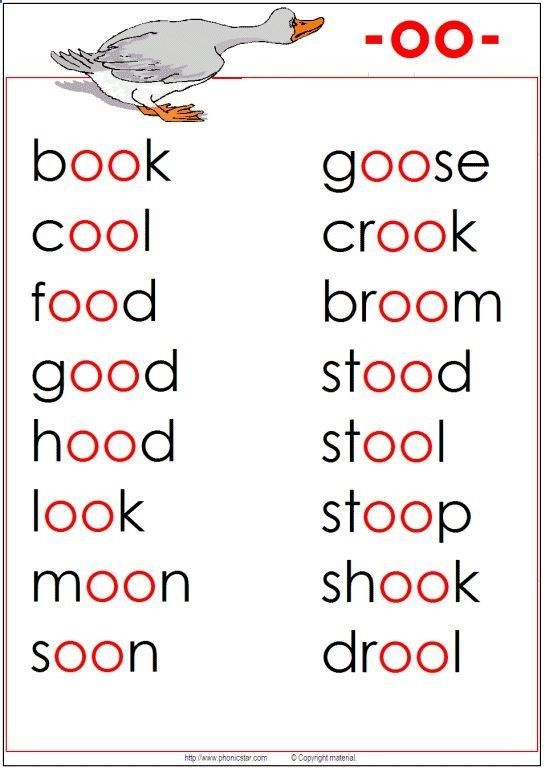Strategies for improving reading comprehension
11 Proven Tips to Improve Reading Comprehension Skills for Students
Cookbooks, social media, instruction manuals — no matter where you look, we live our lives surrounded by words. That’s why reading comprehension is one of the most valuable skills a student can master.
But it’s not automatic. Reading comprehension needs to be taught in the classroom to have a lasting impact, whether you’re teaching kindergarten or high school English.
Many students struggle with reading comprehension and understanding for a variety of reasons:
- They prefer a different learning style
- They’re not interested in reading or writing
- They don’t have the necessary prior knowledge to understand the text
- They have trouble focusing on one word at a time and skip important ideas
- They’re working with a learning need like dyslexia that makes understanding written materials difficult
Every student deserves the chance to build critical comprehension skills. Keep reading for eleven strategies you can use in your classroom to help students love reading!
What is reading comprehension and why is it important?
Reading comprehension is a reader’s ability to understand the explicit and implicit meaning of a text, or piece of writing.
It moves beyond vocabulary knowledge and word recognition to add meaning. When students use reading comprehension skills, they’re turning words into thoughts and ideas.
Reading is one of the most important ways students and adults learn new information. As one study in Policy Insights from the Behavioral and Brain Sciences states: "Reading comprehension is one of the most complex cognitive activities in which humans engage, making it difficult to teach, measure, and research."
Reading comprehension can also help struggling readers build enjoyment of reading and participate more fully in lessons.
And it’s not just for the classroom, either — reading comprehension has real-life applications for readers of all ages.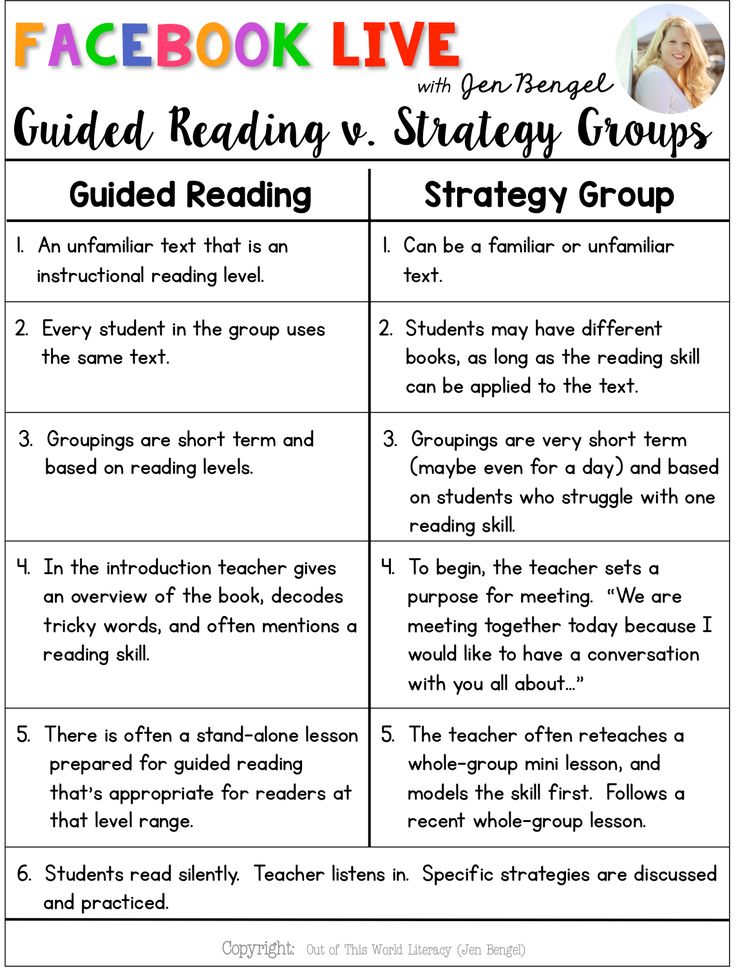 It can:
It can:
- Equip readers to make good day-to-day decisions with available information
- Give readers the ability to think critically about what they read online and in the news
- Help readers decipher meaning in recipes, directions or other step-by-step instructions
- Help students move past word recognition into understanding and remembering the text
Improving reading comprehension can help your students become successful readers in and out of the classroom for the rest of their lives.
Two core components of comprehension
The two main components of reading comprehension are vocabulary knowledge and text comprehension. Both of these skills combine to help students get the most out of a text.
Vocabulary knowledge
Vocabulary knowledge is where reading comprehension starts. Students with good vocabulary strategies understand what words mean and have the background knowledge to understand a given text.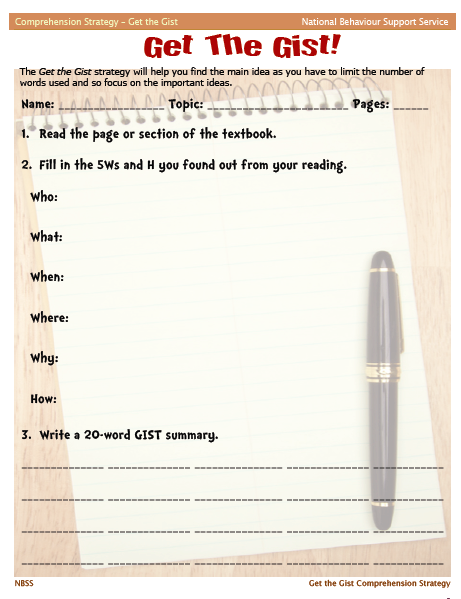
It also includes strategies for using context clues to determine the meaning of unfamiliar words. The reading comprehension process is over before it begins if students don’t have solid vocabulary knowledge or the ability to learn new words.
Text comprehension
Text comprehension is a big-picture look at what, exactly, a text means. It helps students interact with a text to understand what’s being said and what they need to learn from it.
When students have good text comprehension skills, they can answer questions about what the author is saying, summarize the passage and connect information between texts or prior knowledge.
In short, it helps them move beyond literal comprehension and into higher levels of thinking.
11 Ways to improve reading comprehension skills
Whether you’re teaching high school or elementary school, it’s never too late to use reading comprehension strategies to improve understanding, boost retention and make connections.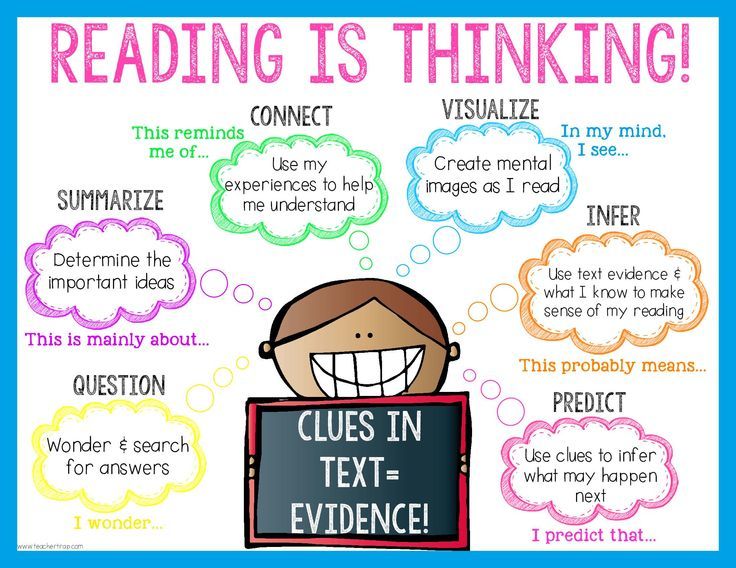 Every student is different, so adjust your teaching methods accordingly!
Every student is different, so adjust your teaching methods accordingly!
Some of the most effective reading comprehension strategies include:
1. Build on existing knowledge
One of the biggest barriers to reading comprehension is a lack of background knowledge.
If you’re reading a text about astronomy, for example, ask students to record or explain what they already know about the solar system. For easy insights, have students answer quick questions or fill out a KWL (Know, Want to Know, Learned) chart and share the results.
Or read non-fiction and fiction books that cover the same or overlapping topic. For example, a non-fiction book about pigs and a picture book that includes pigs as characters. Teachers can reference the facts from the non-fiction book to discuss what is fact versus fiction.
Make sure all students understand key terms and ideas before you read the text, so everyone starts on the same page (literally).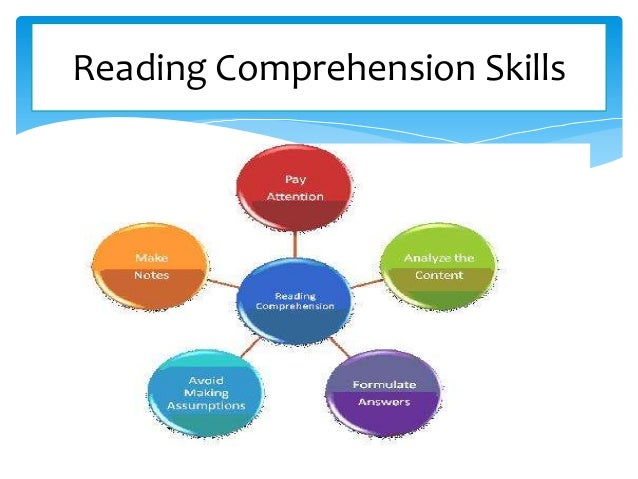 This helps students draw inferences and make connections between the text and things they already know, levelling the playing field when it comes to prior knowledge.
This helps students draw inferences and make connections between the text and things they already know, levelling the playing field when it comes to prior knowledge.
2. Identify and summarize key ideas
After students read, summarizing a text can help them pull out main points and absorb more information.
As you introduce summarization, guide students through with leading questions and a specific structure — length, key points, etc. Use the “I do, we do, you do” format to model good summarization techniques.
As you model the practice, teach students how to:
- Separate facts from opinions
- Find key ideas amid extra information
- Identify important words and phrases
- Look up vocabulary they don’t understand
Teaching students how to do this consciously helps train their brains to start summarizing automatically, leading to better reading comprehension overall.
3. Use online resources
Thanks to the internet, reading doesn't just happen IRL — it's online, too! There are lots of resources you can use in your classroom to engage kids with different interests as they practice their reading comprehension.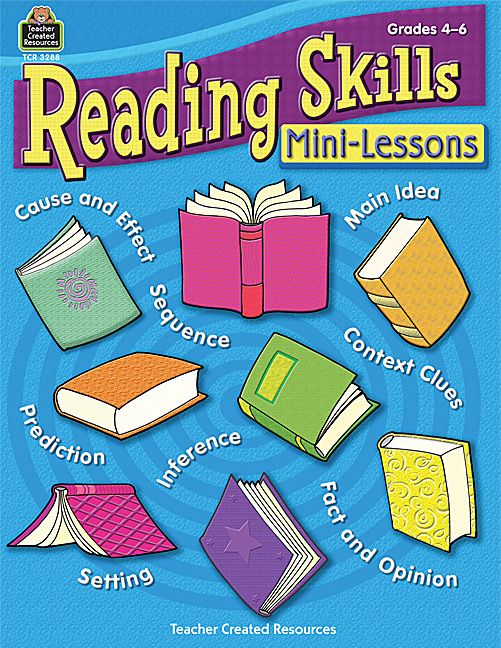
Prodigy English is a brand-new adventure that introduces kids to a world filled with adventures, wishes and more ways to love reading.
Its game-based platform encourages students to answer curriculum-aligned reading and language questions to get more energy. Once players are energized, they can gather resources from an ever-growing world, craft items, earn coins and build their very own village.
As they play, you'll be able to track their progress and achievement. Sign up for a free teacher account today!
Create a free account4. Use visual aids
To help students build a picture in their minds of what they’re reading, use visual aids and visualization techniques.
Start by reading aloud and asking students to try and picture what’s happening in their heads. After, use writing prompts like:
- What colors did you see the most?
- What do you think the setting looked like?
- How would you describe the main character?
- What sounds do you think you would hear in the world of the story?
Have students draw out a scene, character or story for even more understanding.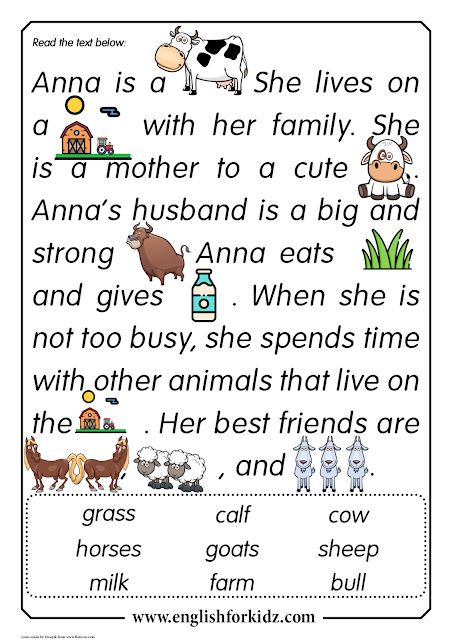 They can make a family tree of the characters or fun notes to help them remember the key points in the story!
They can make a family tree of the characters or fun notes to help them remember the key points in the story!
Anchor charts, word walls or picture books can also help reinforce key concepts for your students. When they’re able to visualize the story or information they’re reading, they’re more likely to retain key information.
5. Develop vocabulary skills
Vocabulary is an important part of understanding a text and is vital for reading ease and fluency. Vocabulary teaching strategies can help students build the tools to understand new words on their own.
To help students learn and remember new words, try:
- Making a word wall in your classroom
- Pairing new words with physical actions
- Creating graphic organizers that help relate known words to new ones
Read-aloud strategies can also help you model the process of learning new words for students. Show them how to use context clues to find meaning, and have them make a vocabulary list of all the new words they know or want to learn.
6. Implement thinking strategies
To encourage students to engage critically with a text, ask questions about:
- Where they can spot bias in the material
- Why the author chose a particular genre or style
- What they think happened before or after the story
- Why characters responded to situations the way they did
These questions get students thinking about the deeper meaning in a text and help them use critical thinking skills as they look for key points. Encourage students to ask clarifying questions when they don’t know what the text is saying, or build mind maps to draw connections between ideas and prior knowledge.
7. Create question and answer scenarios
Questioning students on different aspects of the text helps them examine it with fresh eyes and find new ways of interpreting it.
Use questions that challenge students to find the answers:
- In several different parts of the text
- On their own, using background knowledge
- In their own opinions and responses to the text
Ask students questions to clarify meaning, help them understand characters better, make predictions or help them understand the author’s intent.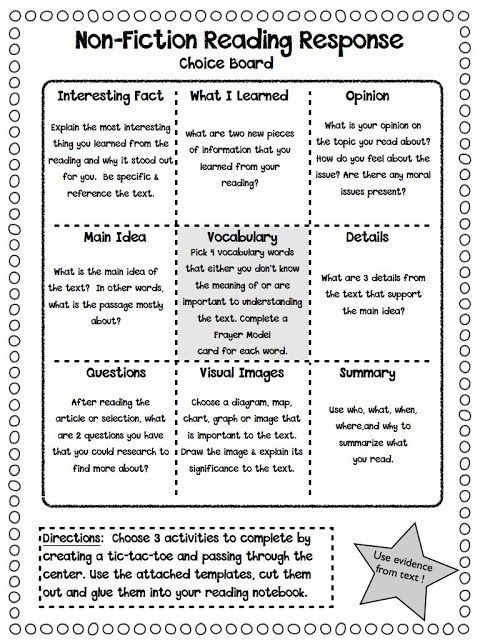
Whether you’re answering these questions in a group or individually, they’ll help students make a habit of asking questions and using critical thinking skills. After all, the magic happens when students start thinking beyond the page!
8. Encourage reciprocal teaching
Reciprocal teaching gives students four strategies for reading comprehension and uses specific techniques to get them involved in interrogating a text.
Using the “I do, we do, you do” method, follow the four building blocks of reciprocal teaching:
- Predicting — Asking questions about what’s going to happen in the story and after it’s done.
- Questioning — Asking questions about the who, what, when, where, how and why of a story.
- Clarifying — Helping students recognize their confusion, identify what’s confusing them and taking steps towards understanding.
- Summarizing — Condensing a reading to its most important facts and ideas.

Check out four reciprocal teaching strategies to use in your classroom.
9. Use summarizing techniques
Although it might seem tedious for students at first, summarizing techniques help them learn how to find and bring together key ideas. It trains them to automatically synthesize information as they read, and can benefit learners of all levels.
When students first encounter a text, have them write a summary and encourage them to refine it until it only includes the essential information. Ask clarifying questions to guide their writing, including:
- What is the main idea of this passage?
- What details support the main idea in the story?
- What unnecessary information did the author include?
This helps them see how parts of a story are connected and emphasizes the importance of providing textual support to their argument and summaries.
10. Ask students to make predictions
Predictions happen when students use the evidence from the beginning of a text to guess:
- What will happen next
- What they think the text will be about
- What details an author will use to support their argument
At the beginning of a reading, have students record their predictions.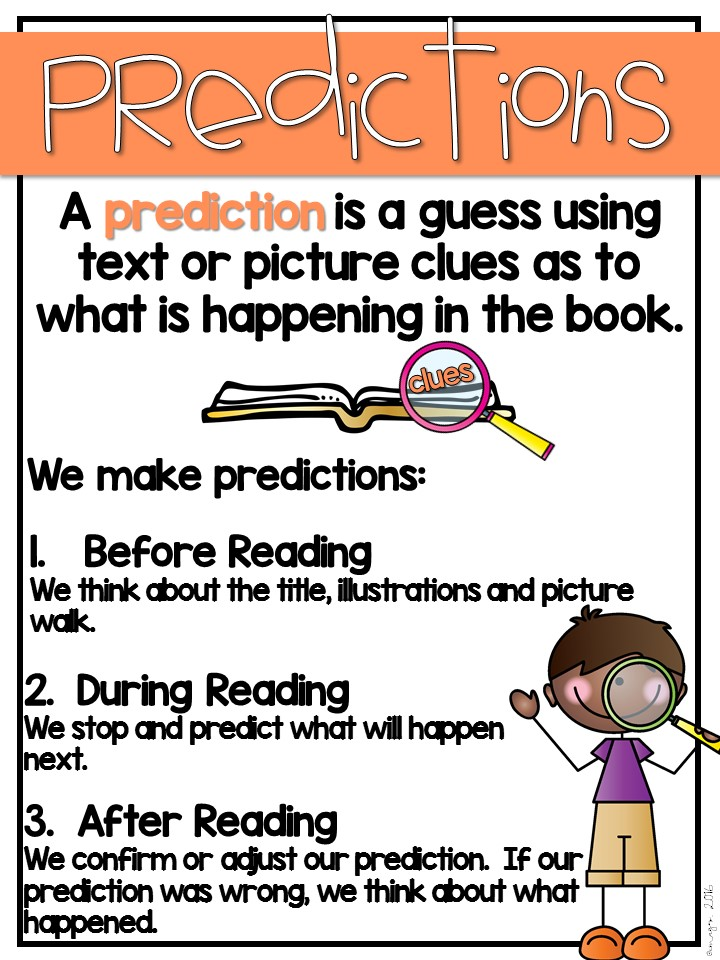 Once the reading is over, have a discussion about what they got right and what they got wrong. What made them think of their prediction? Did the author follow their expectations, or subvert them?
Once the reading is over, have a discussion about what they got right and what they got wrong. What made them think of their prediction? Did the author follow their expectations, or subvert them?
Model predictions with a think-aloud or give students blank statements that guide their thinking.
Not only does this build reading comprehension, but it encourages students to engage with the material critically and teaches them how to build solid, text-based arguments.
11. Try making inferences
When students make inferences, they’re using the information they know to make a guess about what they don’t.
Instead of just predicting what’s going to happen next, students make inferences about information outside the story — what happened before the story started, what genre the story is or what happens after the story is over.
Like predicting, you can model inferences with read-alouds or guided questioning. Have students write a prequel to the story, or build a character background based on textual evidence.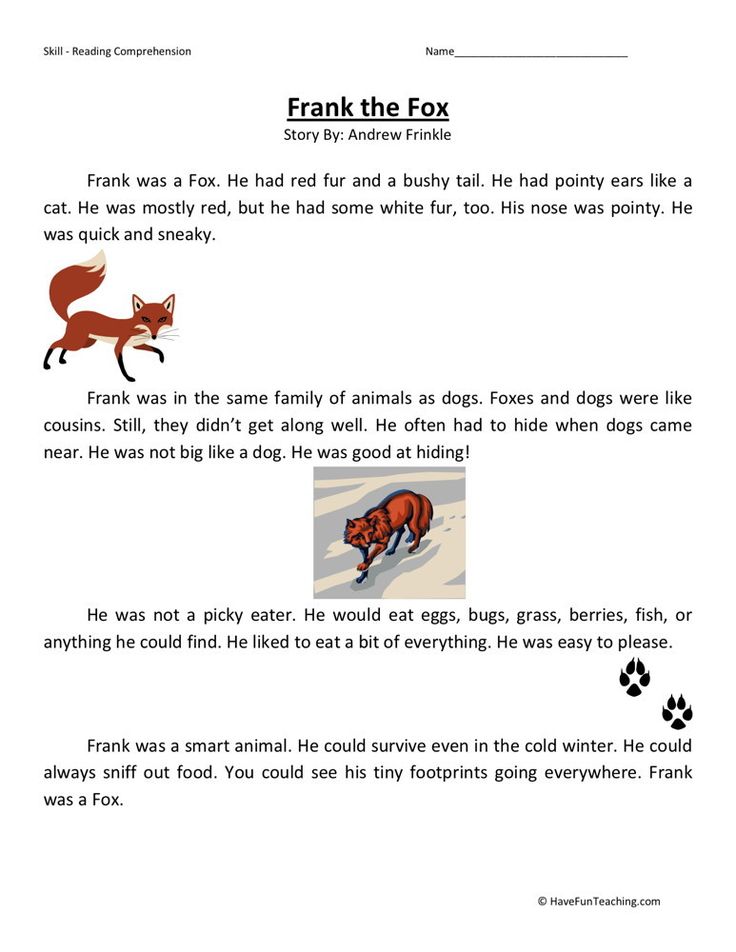
Inferences help students draw conclusions between the text and their prior knowledge about how the world works. Plus, it can help boost their creativity!
How parents can encourage reading comprehension at home
Reading doesn’t stop when children leave the classroom. Parents, you have an important opportunity to support reading comprehension at home, too.
1. Read aloud with your children
Reading with your child has lots of benefits — it helps you bond, it builds their imagination and it’s fun!
As you read, discuss topics and ask your child guiding questions about what’s happening. What do they think will happen next? Which character would they most like to be friends with? What would they do if they were the main character?
Not only do these questions make reading fun, it can help strengthen their reading comprehension skills.
2. Buy or borrow books at the right reading level
Whether it’s your local bookstore or library branch, there are always books available at your child’s reading level.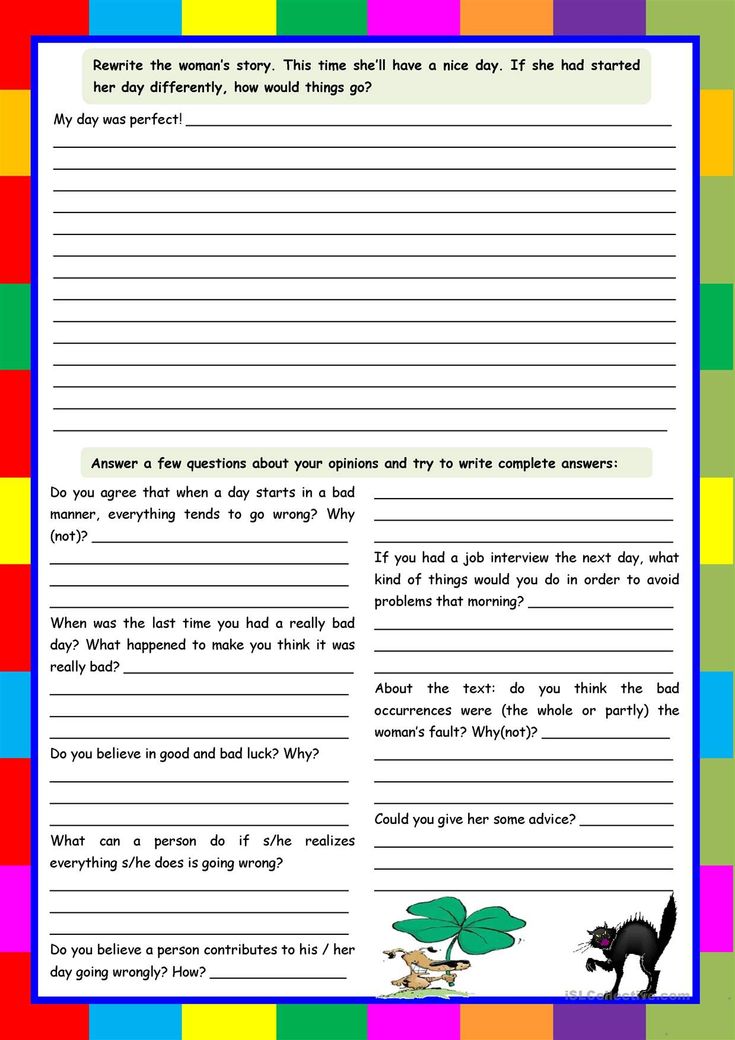
If your child is reading books that are too easy, they’ll get bored. But if books are too hard, they’ll get discouraged. Talk to your child’s teacher about how to find books in their sweet spot.
Host a book swap with neighbors or friends to get access to new titles, or look in the library for books that relate to your child’s unique interests.
3. Discuss what your child is reading
As a parent, you have a wonderful opportunity to hold low-pressure, friendly conversations with your child about what they’re reading — no pop quiz required.
Ask your child what their favorite book is, or what they like reading at home or at school. After they’re done reading, ask them questions about what happened in their book, or what they think will happen next, to build an organic love of reading.
4. Check out online reading programs
Online reading apps can help kids engage with books and reading in new, exciting ways! For a digital literary experience, check out:
- Epic — A free online library of digital books you can browse and read with your child.
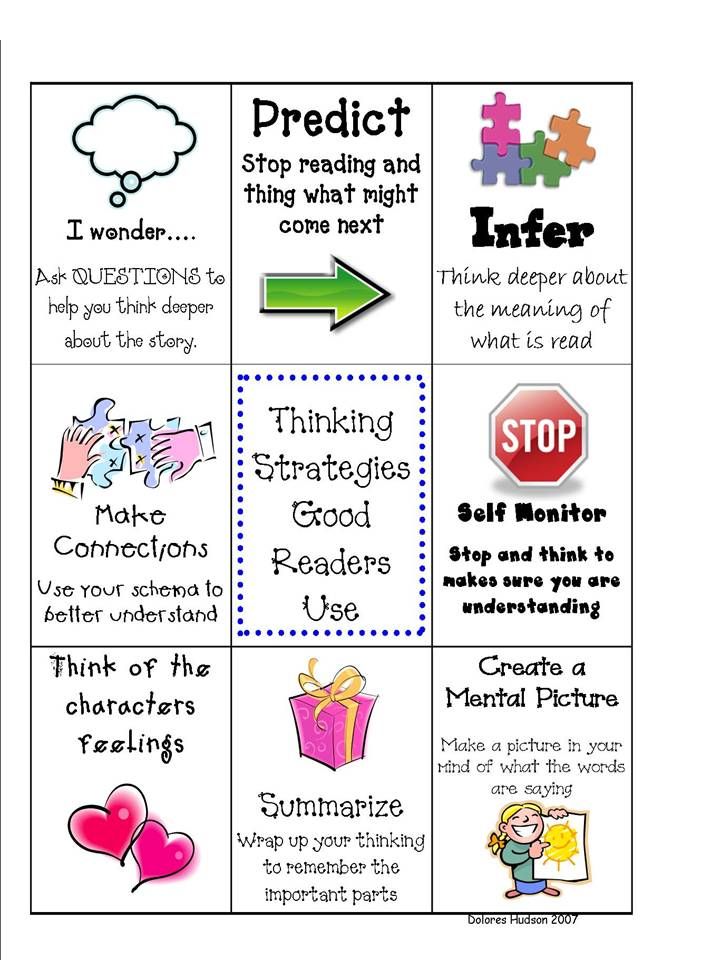
- Headsprout — An adaptive online learning resource for students in kindergarten to fifth grade.
- Audible — A library of audiobooks and podcasts for kids who prefer to listen rather than look at words.
- Sora — An Overdrive-based app where you can download books and audiobooks from your library for free.
- Prodigy English — A whole new way for kids to develop reading and language skills, with free educational content for 1st to 6th grade created by teachers.
5. Try game-based learning
If your child doesn’t want to sit still long enough to read a book, game-based learning can help them master important concepts and get the ants out of their pants.
Charades, telephone, Pictionary and Scattergories are all fun games that connect meaning with words, help boost your child’s background knowledge and make learning words fun.
Try some in your house to see which your child likes best.
And, if they're into educational apps, explore Prodigy English — a digital game-based learning platform! As students play, questions cover important skills like reading, rhyming, phonetics and spelling.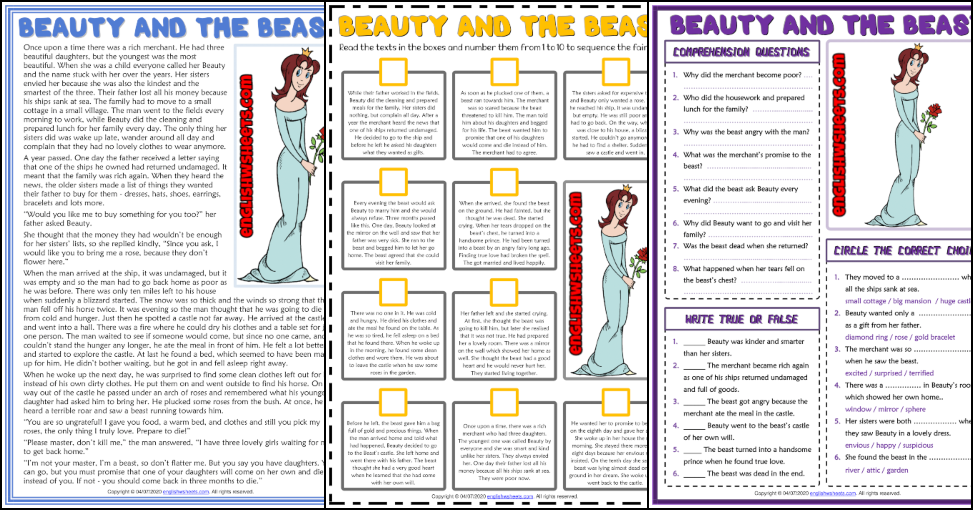
6. Ask their teacher
Your child’s teacher should be your first stop for any questions about your child’s reading comprehension or areas for improvement.
Whether it’s part of a parent-teacher conference or just a quick catch-up after school, they’ll be able to give you valuable advice about how to best help your child love reading. Use their advice to connect the books you read at home and the games you play with what your child is working on in class!
Reinforce with continual learning and encouragement
Reading comprehension doesn’t just happen all at once — it’s a lifelong process that students build on as they grow.
In each grade, encourage students to engage more deeply with what they’re reading and ask critical questions. As students build reading comprehension skills, they’ll have an opportunity to find joy and meaning in their reading.
Want more ways to build reading comprehension? Try Prodigy English!
In this all-new adventure, students can explore and create a world of their very own as they meet new characters, earn coins and build a home.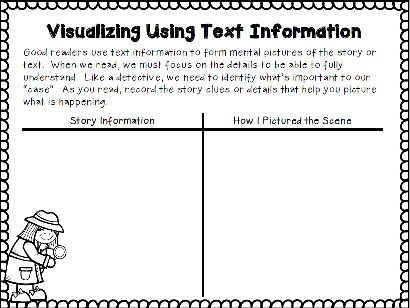 Create a free teacher account today to get started.
Create a free teacher account today to get started.
Strategies for Reading Comprehension :: Read Naturally, Inc.
Comprehension: The Goal of Reading
Comprehension, or extracting meaning from what you read, is the ultimate goal of reading. Experienced readers take this for granted and may not appreciate the reading comprehension skills required. The process of comprehension is both interactive and strategic. Rather than passively reading text, readers must analyze it, internalize it and make it their own.
In order to read with comprehension, developing readers must be able to read with some proficiency and then receive explicit instruction in reading comprehension strategies (Tierney, 1982).
Strategies for reading comprehension in Read Naturally programs
General Strategies for Reading Comprehension
The process of comprehending text begins before children can read, when someone reads a picture book to them. They listen to the words, see the pictures in the book, and may start to associate the words on the page with the words they are hearing and the ideas they represent.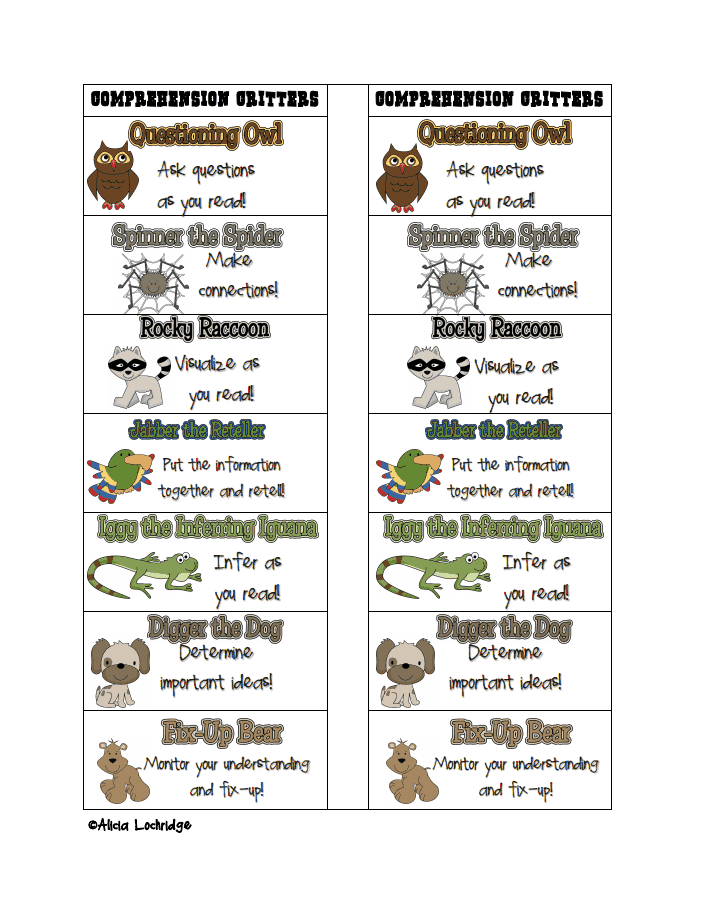
In order to learn comprehension strategies, students need modeling, practice, and feedback. The key comprehension strategies are described below.
Using Prior Knowledge/Previewing
When students preview text, they tap into what they already know that will help them to understand the text they are about to read. This provides a framework for any new information they read.
Predicting
When students make predictions about the text they are about to read, it sets up expectations based on their prior knowledge about similar topics. As they read, they may mentally revise their prediction as they gain more information.
Identifying the Main Idea and Summarization
Identifying the main idea and summarizing requires that students determine what is important and then put it in their own words. Implicit in this process is trying to understand the author’s purpose in writing the text.
Questioning
Asking and answering questions about text is another strategy that helps students focus on the meaning of text.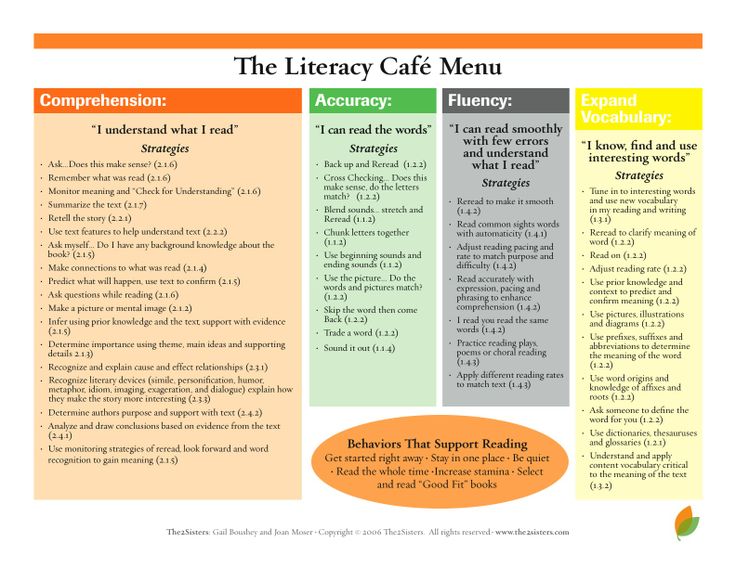 Teachers can help by modeling both the process of asking good questions and strategies for finding the answers in the text.
Teachers can help by modeling both the process of asking good questions and strategies for finding the answers in the text.
Making Inferences
In order to make inferences about something that is not explicitly stated in the text, students must learn to draw on prior knowledge and recognize clues in the text itself.
Visualizing
Studies have shown that students who visualize while reading have better recall than those who do not (Pressley, 1977). Readers can take advantage of illustrations that are embedded in the text or create their own mental images or drawings when reading text without illustrations.
Strategies for Reading Comprehension: Narrative Text
Narrative text tells a story, either a true story or a fictional story. There are a number of strategies that will help students understand narrative text.
Story Maps
Teachers can have students diagram the story grammar of the text to raise their awareness of the elements the author uses to construct the story.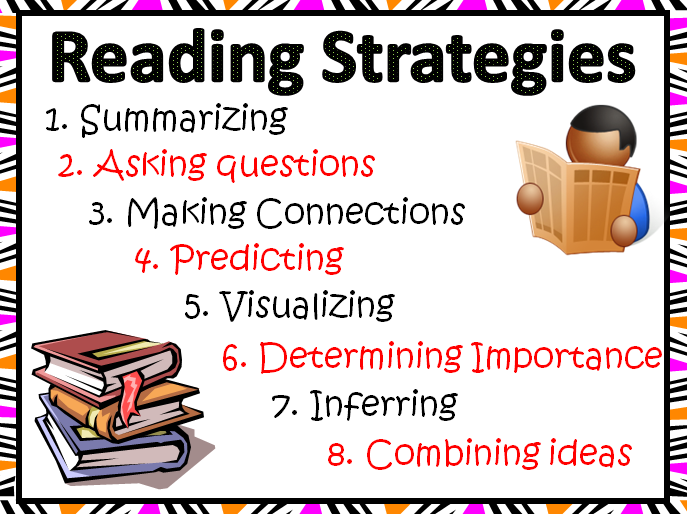 Story grammar includes:
Story grammar includes:
- Setting: When and where the story takes place (which can change over the course of the story).
- Characters: The people or animals in the story, including the protagonist (main character), whose motivations and actions drive the story.
- Plot: The story line, which typically includes one or more problems or conflicts that the protagonist must address and ultimately resolve.
- Theme: The overriding lesson or main idea that the author wants readers to glean from the story. It could be explicitly stated as in Aesop’s Fables or inferred by the reader (more common).
Printable story map (blank)
Retelling
Asking students to retell a story in their own words forces them to analyze the content to determine what is important. Teachers can encourage students to go beyond literally recounting the story to drawing their own conclusions about it.
Prediction
Teachers can ask readers to make a prediction about a story based on the title and any other clues that are available, such as illustrations.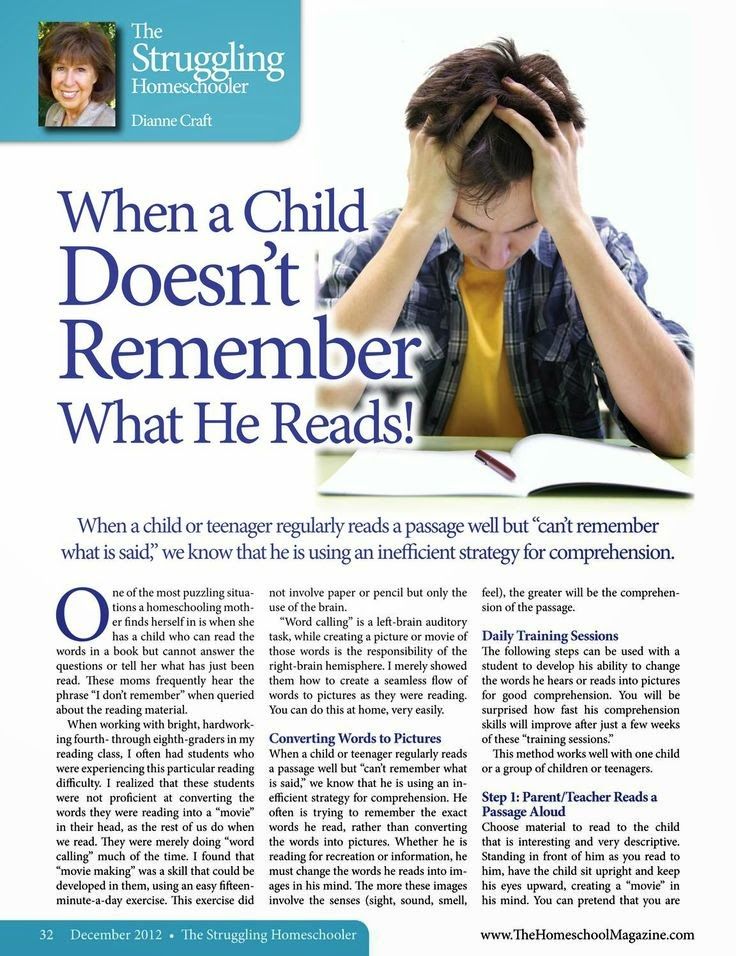 Teachers can later ask students to find text that supports or contradicts their predictions.
Teachers can later ask students to find text that supports or contradicts their predictions.
Answering Comprehension Questions
Asking students different types of questions requires that they find the answers in different ways, for example, by finding literal answers in the text itself or by drawing on prior knowledge and then inferring answers based on clues in the text.
Strategies for Reading Comprehension: Expository Text
Expository text explains facts and concepts in order to inform, persuade, or explain.
The Structure of Expository Text
Expository text is typically structured with visual cues such as headings and subheadings that provide clear cues as to the structure of the information. The first sentence in a paragraph is also typically a topic sentence that clearly states what the paragraph is about.
Expository text also often uses one of five common text structures as an organizing principle:
- Cause and effect
- Problem and solution
- Compare and contrast
- Description
- Time order (sequence of events, actions, or steps)
Teaching these structures can help students recognize relationships between ideas and the overall intent of the text.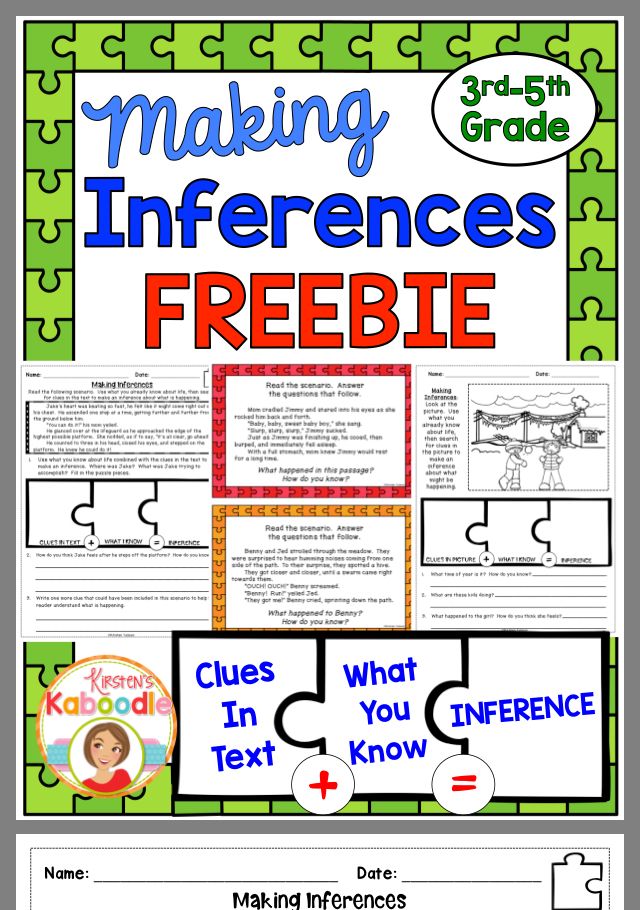
Main Idea/Summarization
A summary briefly captures the main idea of the text and the key details that support the main idea. Students must understand the text in order to write a good summary that is more than a repetition of the text itself.
K-W-L
There are three steps in the K-W-L process (Ogle, 1986):
- What I Know: Before students read the text, ask them as a group to identify what they already know about the topic. Students write this list in the “K” column of their K-W-L forms.
- What I Want to Know: Ask students to write questions about what they want to learn from reading the text in the “W” column of their K-W-L forms. For example, students may wonder if some of the “facts” offered in the “K” column are true.
- What I Learned: As they read the text, students should look for answers to the questions listed in the “W” column and write their answers in the “L” column along with anything else they learn.
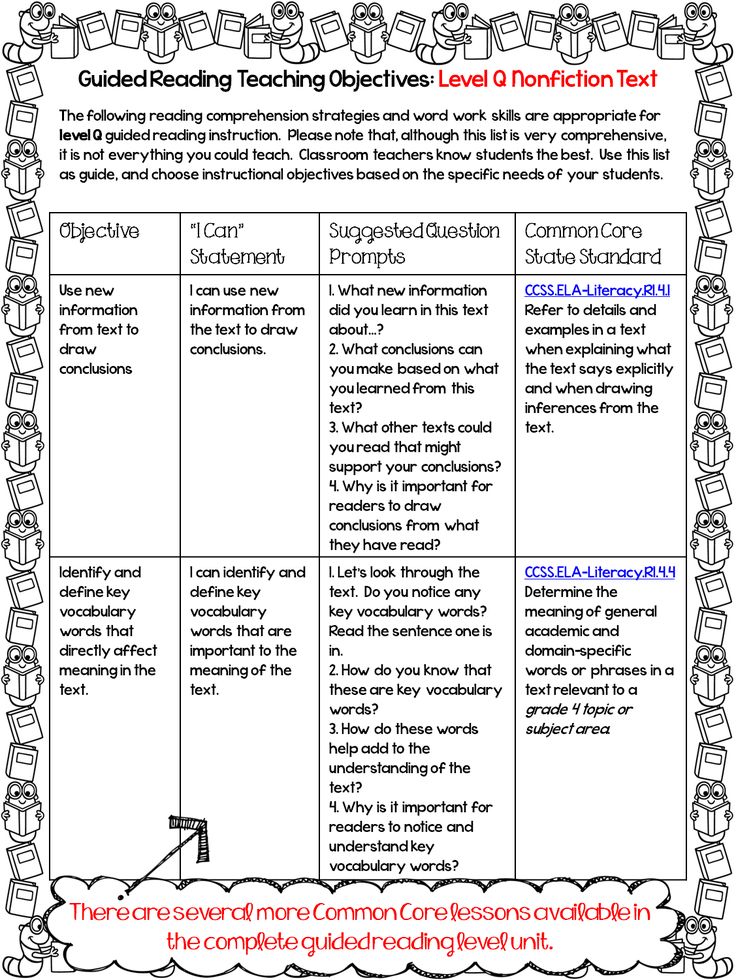
After all of the students have read the text, the teacher leads a discussion of the questions and answers.
Printable K-W-L chart (blank)
Graphic Organizers
Graphic organizers provide visual representations of the concepts in expository text. Representing ideas and relationships graphically can help students understand and remember them. Examples of graphic organizers are:
Tree diagrams that represent categories and hierarchies
Tables that compare and contrast data
Time-driven diagrams that represent the order of events
Flowcharts that represent the steps of a process
Teaching students how to develop and construct graphic organizers will require some modeling, guidance, and feedback. Teachers should demonstrate the process with examples first before students practice doing it on their own with teacher guidance and eventually work independently.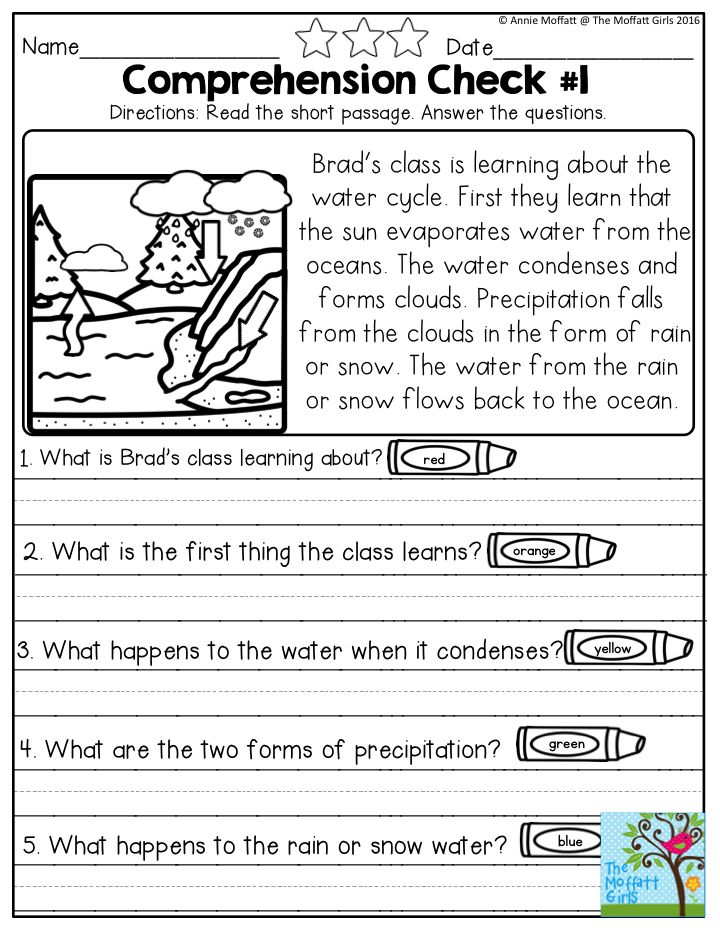
Strategies for Reading Comprehension in Read Naturally Programs
Several Read Naturally programs include strategies that support comprehension:
| Read Naturally Intervention Program | Strategies for Reading Comprehension | |||
|---|---|---|---|---|
| Prediction Step | Retelling Step | Quiz / Comprehension Questions | Graphic Organizers | |
| Read Naturally Live:
| ✔ | ✔ |
| |
| Read Naturally Encore:
| ✔ | ✔ |
| |
| Read Naturally GATE:
| ✔ | ✔ |
| |
| One Minute Reader Live:
|
| |||
| One Minute Reader Books/CDs:
|
| |||
| Take Aim at Vocabulary: A print-based program with audio CDs that teaches carefully selected target words and strategies for independently learning unknown words. Students work mostly independently or in teacher-led small groups of up to six students.
|
| ✔ | ||
Bibliography
Honig, B. , L. Diamond, and L. Gutlohn. (2013). Teaching reading sourcebook, 2nd ed. Novato, CA: Arena Press.
, L. Diamond, and L. Gutlohn. (2013). Teaching reading sourcebook, 2nd ed. Novato, CA: Arena Press.
Ogle, D. M. (1986). K-W-L: A teaching model that develops active reading of expository text. The Reading Teacher 38(6), pp. 564–570.
Pressley, M. (1977). Imagery and children’s learning: Putting the picture in developmental perspective. Review of Educational Research 47, pp. 586–622.
Tierney, R. J. (1982). Essential considerations for developing basic reading comprehension skills. School Psychology Review 11(3), pp. 299–305.
How to improve your ability to understand the text you read?
06.02.14
Strategies for autists, parents and teachers to overcome difficulties with reading
Source: Autism after 16
Many people can read, but after reading it is difficult for them to remember, about what they read. There may be several reasons for this. It is possible that a person puts so much effort into voicing words (out loud or to himself) that they lose their meaning.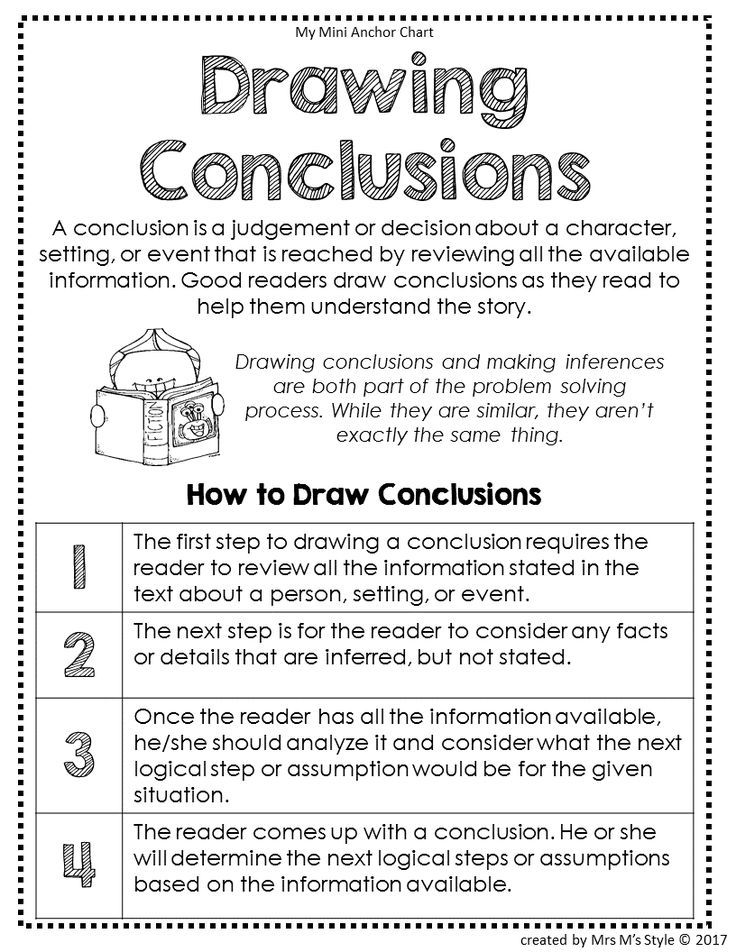 In other cases, the topic is so uninteresting that it is difficult to focus on the information in the text. Many children and adults with autism spectrum disorders have severe reading comprehension difficulties, even if they have no problems with reading as such. This can make it very difficult to study at school even for children without intellectual disabilities, especially in high school, when the requirements for reading and understanding large amounts of text increase significantly, and texts become more complex. The following are strategies for improving text comprehension that adults with autism spectrum disorders and parents and educators of children with ASD can use.
In other cases, the topic is so uninteresting that it is difficult to focus on the information in the text. Many children and adults with autism spectrum disorders have severe reading comprehension difficulties, even if they have no problems with reading as such. This can make it very difficult to study at school even for children without intellectual disabilities, especially in high school, when the requirements for reading and understanding large amounts of text increase significantly, and texts become more complex. The following are strategies for improving text comprehension that adults with autism spectrum disorders and parents and educators of children with ASD can use.
Metacognition - thinking about how we think - is the basis for improving understanding while reading. In other words, to improve text comprehension, we must consciously stop while reading and analyze our opinions, perceptions, and thoughts related to what we have read. For example:
Before reading
- Determine the purpose for the upcoming reading.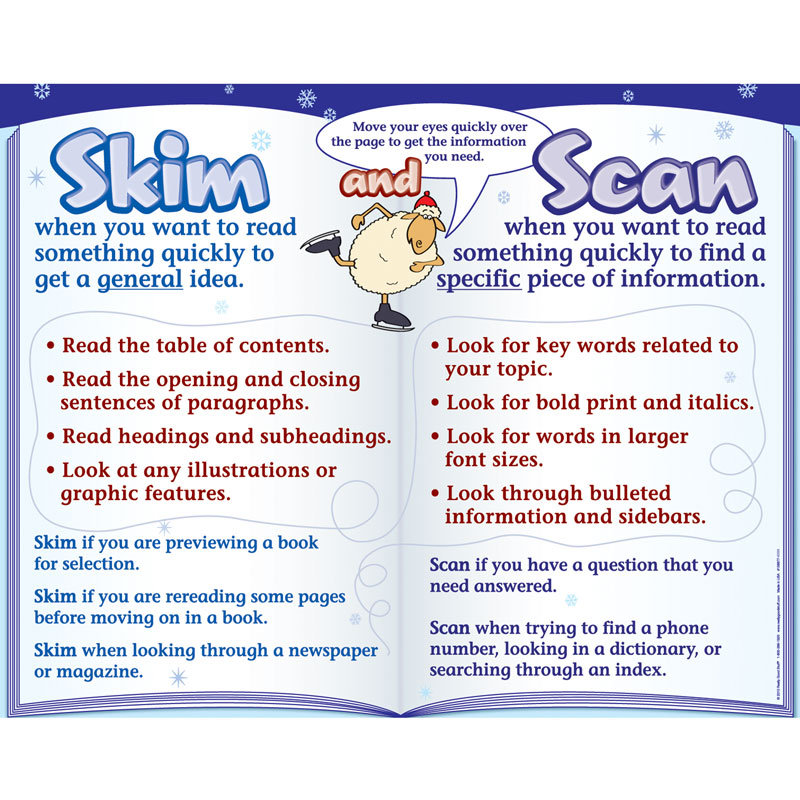 Think in advance about what you should find in the text while reading.
Think in advance about what you should find in the text while reading.
Look at the title of the text and try to figure out what the text might be about.
Skim through the entire text without reading carefully, paying attention to headings and subheadings, bold words and illustrations. Think about what this text might be about.
- Try to remember what you already know about the topic, the author, or this story.
While reading
- Reflect on what you have read after each paragraph or chapter.
Consider whether you agree with ideas, characters, or facts.
- If you do not understand the meaning of some sentences or paragraphs, write down what you do not understand.
- Write down unfamiliar words to find out their meaning after reading.
After reading
- Think about what you learned while reading.
— Write your own questions for the author.
Think about how what you read relates to your own life.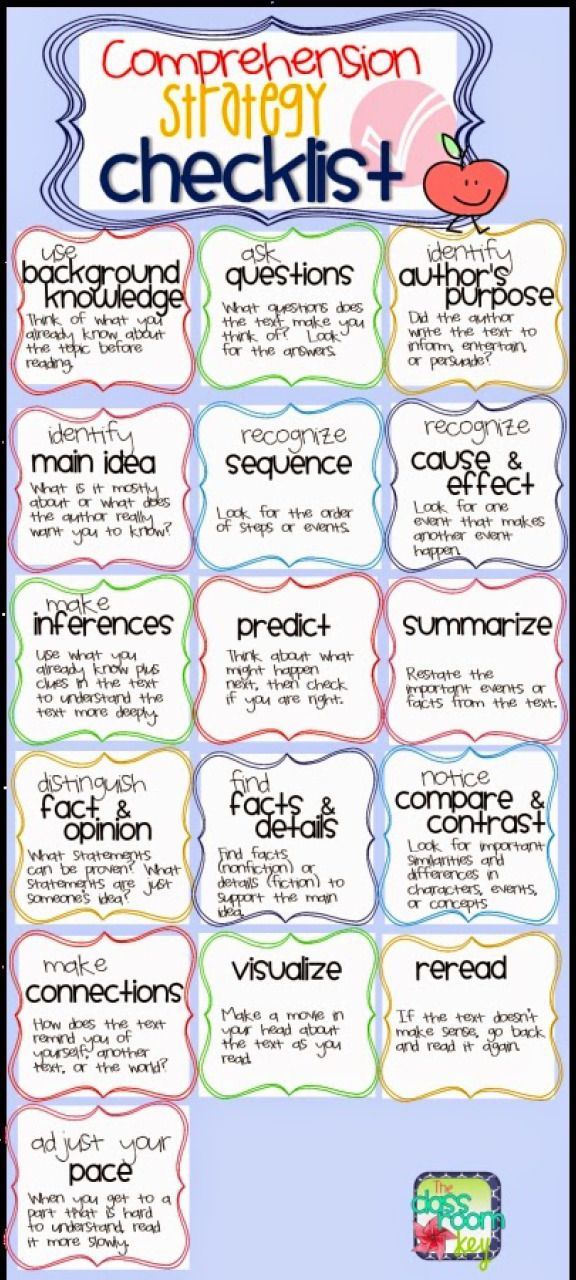
- Formulate a summary of what you have read.
- Review your notes and try to find answers to your questions through repeated reading, searching the Internet, or talking to another person.
Talk about what you read
Discussing what you read with another person provides another source of information instead of rereading the text. This is especially useful if you don't really enjoy reading. While talking about what you read, you will be able to ask questions that you have, this will allow you to learn more about the point of view of other people and will provide you with the opportunity to put into words what you have read, which will help you remember and understand the text better.
Practice reading as often as possible
The best way to improve reading comprehension is to read as much as possible. It doesn't matter what the person is reading. The more you read, the better your comprehension skills will be. Here the “Matthew effect” takes place, when “he who has will be given and will be multiplied, and what he has will be taken away from the one who does not have.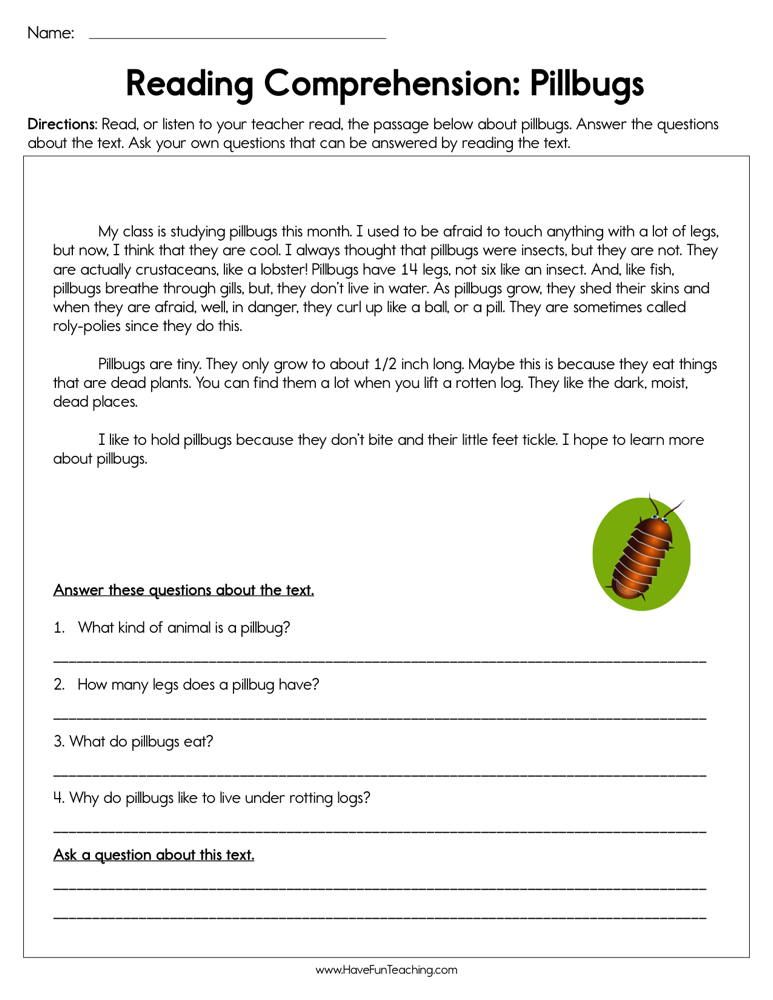 ” Students who enjoy reading read a lot and often, and their reading skills improve. Those who do not enjoy reading devote little time to it, as a result, their skills lag more and more behind their peers. That is why our first priority is to motivate children to read. If they enjoy reading comics, sports articles, or online magazines, then encourage them to do so as often as possible.
” Students who enjoy reading read a lot and often, and their reading skills improve. Those who do not enjoy reading devote little time to it, as a result, their skills lag more and more behind their peers. That is why our first priority is to motivate children to read. If they enjoy reading comics, sports articles, or online magazines, then encourage them to do so as often as possible.
Take the children to the library as often as possible and let them look at any books they want. Do not try to force on children what you think they should read. We want them to read—as much as possible. And that's all. If they liked a book by a certain author, then find all the books by that author so they can pick something. If the children are interested in a topic, then find them reading material according to their interest.
Reading Motivation
The first task for the unmotivated reader is to find reading material that is directly related to what interests him outside of reading.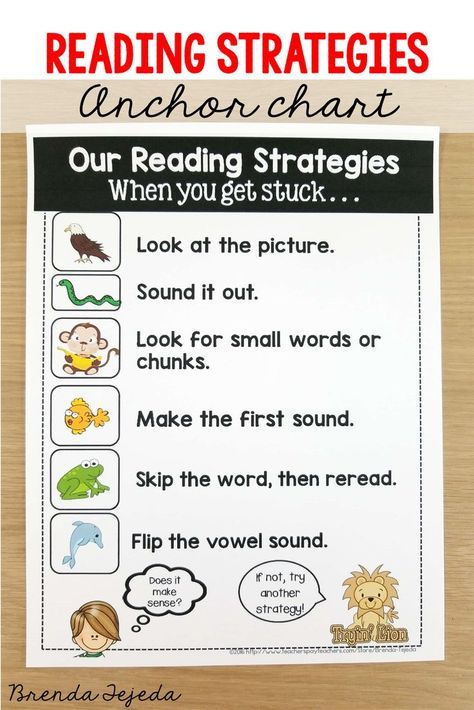 For example, if a child enjoys watching movies, they may enjoy reading movie reviews online or in movie magazines. You may think that this is not a "real" reading, but it is not at all the case. Many people believe that the only way to develop reading skills is with books. In fact, this is not necessary at all, especially in our age of the Internet.
For example, if a child enjoys watching movies, they may enjoy reading movie reviews online or in movie magazines. You may think that this is not a "real" reading, but it is not at all the case. Many people believe that the only way to develop reading skills is with books. In fact, this is not necessary at all, especially in our age of the Internet.
Also, if children read often about things they are interested in, this will help them become better readers in general, especially if they practice reading comprehension skills in parallel. After the motivation to read begins to form, you can begin to practice reading less interesting materials. That said, if the strategies to improve comprehension have already been practiced on interesting texts, it will be easier to use them while reading on boring topics.
Strategies to improve reading comprehension
Start with the strategies that seem most attractive and try them one at a time. Don't try to master every single strategy, sometimes less is more.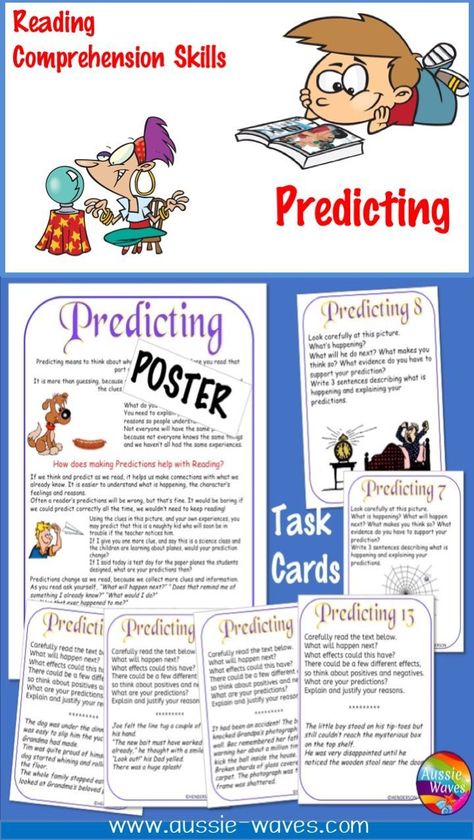 In other words, it's best to master a few strategies to perfection, rather than practicing all the strategies without exception, which can make it unclear what to use right now. Strategies to improve reading comprehension include:
In other words, it's best to master a few strategies to perfection, rather than practicing all the strategies without exception, which can make it unclear what to use right now. Strategies to improve reading comprehension include:
- Conversational reading: Ask questions, argue, clarify, summarize, and predict as you read.
- Stickers: Use stickers to write words you don't understand, or write exclamation marks on them to mark sentences you like, and question marks to mark phrases or paragraphs you don't understand.
- Reading in pairs: Reading aloud with another person one paragraph at a time. Discuss what you have read with each other after each paragraph.
- Thinking out loud: As you read aloud in pairs, voice out any thoughts, questions, or misunderstandings that come to mind. For example, if a character or event reminded you of something, stop and talk about that personal association.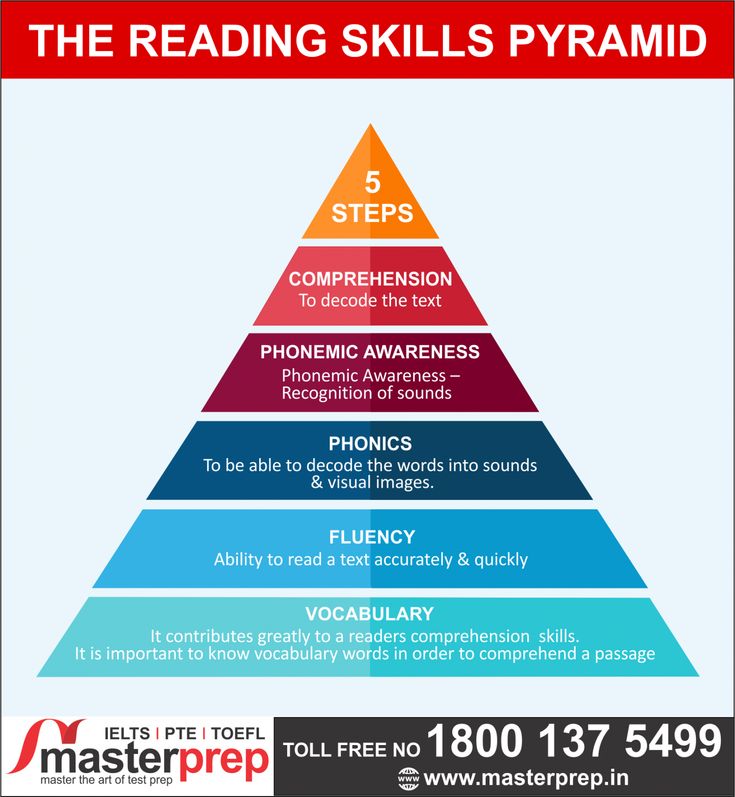 This technique helps to remember what has been read in the future.
This technique helps to remember what has been read in the future.
- Re-reading: Read the text again, trying to find answers to the questions that have arisen.
- Text connections: As you read, determine how this text relates to you, to other texts, and to the world in general. In connection with yourself, you need to think about how the read relates to you personally. In World Links, you can link text to what you already know. Finally, in text links, you can link what you've read to what you've read about before.
- The Three Bears Principle: When choosing a book from a library or bookstore, think about whether it is too simple or too complex. Too simple means that the reader will easily understand all the words or have already read this book many times. Too complex means that there are more than five unfamiliar words on one page or the meaning of the first page is not clear. If the book is just right, then this is a new book, where the reader may not know some of the words on the page, but in general understands what is at stake.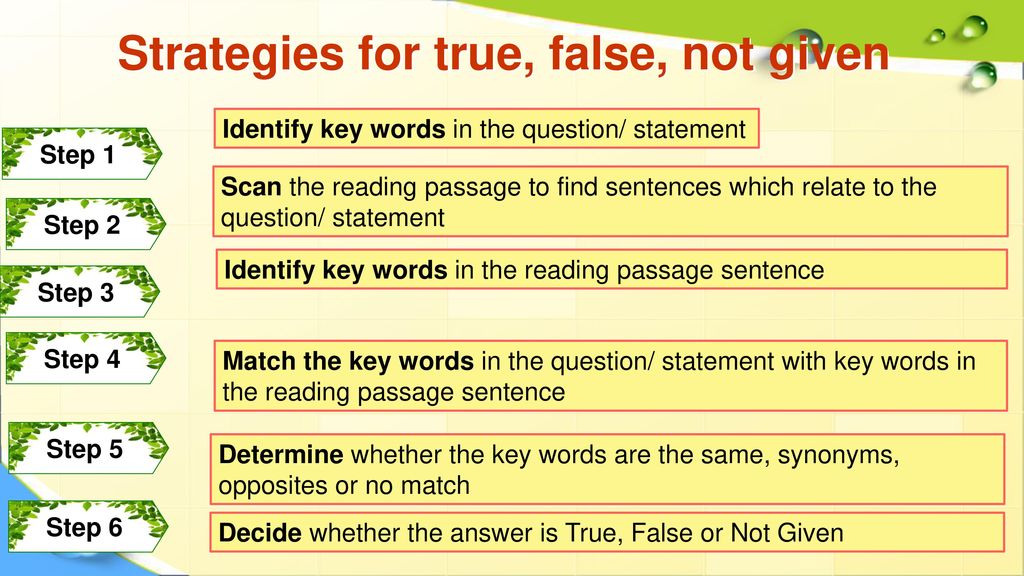
- Dividing the text into parts: Read only a few paragraphs or sentences at a time. Think about what you read using reading strategies before continuing.
- Visualization: While reading, always try to visualize how the characters and the scenes described look like.
- Blogs: Check if there is any blog or forum on the Internet where this topic or book is discussed online, read what other people think about it and try to write your own opinion.
- Journaling: As you read, write down your thoughts in a special journal.
- Graphic organization: Make a chart showing your understanding before, during and after reading.
Progressive Implementation Model
If you are a parent or educator, you can use the Progressive Implementation Model to help a student with autism develop strategies for reading comprehension. First, demonstrate to the student how you yourself read using this strategy.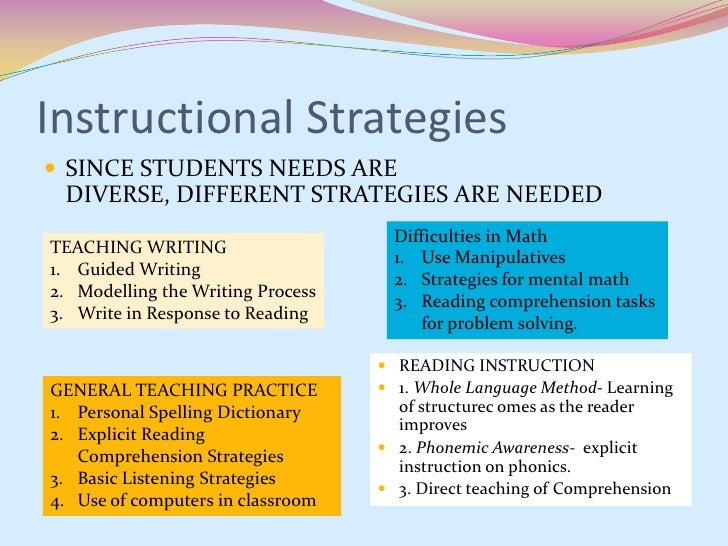 Then use this strategy together, under your guidance. Then ask the student to apply this strategy again (in a different situation) on their own.
Then use this strategy together, under your guidance. Then ask the student to apply this strategy again (in a different situation) on their own.
Make sure you discuss reading with the student and whether the strategy is helping or not. You may need to model this strategy for the student many times, or practice it many times together until it becomes a natural part of the reading process and the student can apply it completely on his own.
Availability of books to read
If reading skills are too low, use books on topics that are interesting to the student, but with very low reading requirements. As a rule, they have a lot of illustrations and little text. It can be children's encyclopedias and reference books. They keep the reader motivated, their topics are age-appropriate, and the reading isn't too difficult.
You should also pay attention to the following books:
- Books with many photographs and illustrations, which will greatly facilitate understanding.
- Books with fairly large letters.
- Books with a small amount of text on one page so that the amount of text on the page does not cause stress.
- Books that have titles, subtitles, clear definitions of words in the glossary. These books are the easiest to understand.
Relationship between reading and writing
You may be wondering why it is so common to write things down while working on reading comprehension. The reason is that this is another way to better understand and assimilate the material read. For example, if someone finds it difficult to speak verbally about what they have read, then keeping a diary, blogging, or graphing can help analyze what they read and update the information in memory, but without verbal dialogue.
Closing Thoughts
The goal of all reading is to understand the text, so it is hoped that these strategies and ideas will enable you to improve your reading skills or help your child or student reach that goal.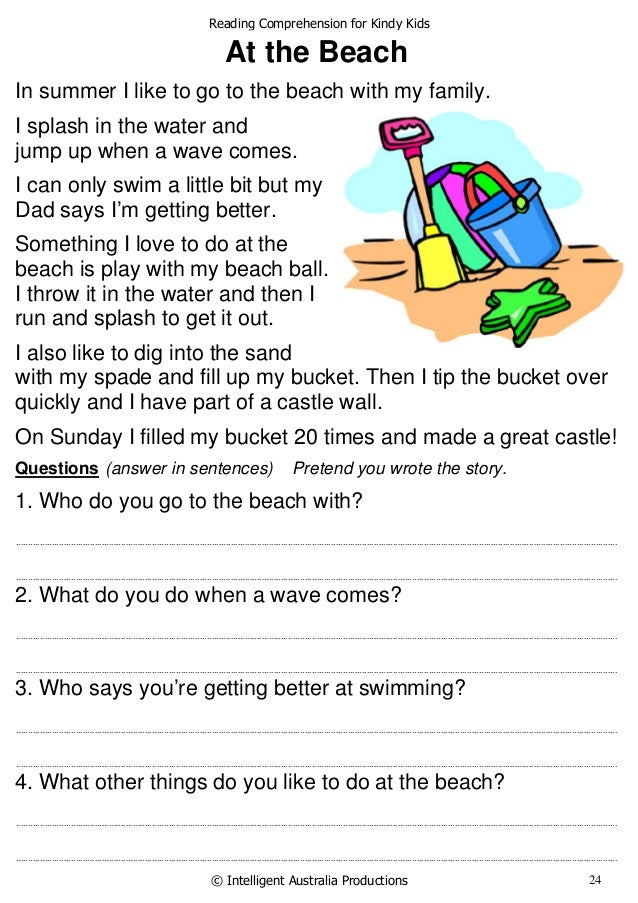 Remember that reading is a very complex individual process, and its development must be reflected in an individual educational program.
Remember that reading is a very complex individual process, and its development must be reflected in an individual educational program.
Adult Autism, Parenting with Autism, Education and Learning
7 Easy Ways to Improve Reading Comprehension • BUOM
June 9, 2021
Comprehension is an important aspect of reading. When you read, try to understand and extract the meaning for a better understanding of what you are reading. By learning and implementing reading strategies and changing the way you read, you can improve your reading comprehension and make reading easier and more enjoyable.
In this article, we look at what reading comprehension is and the best strategies you can use to improve your reading skills.
What is reading comprehension?
Reading comprehension is the ability to comprehend or understand what you are reading. This is the intentional and active part of reading that happens before, during, and after you read something.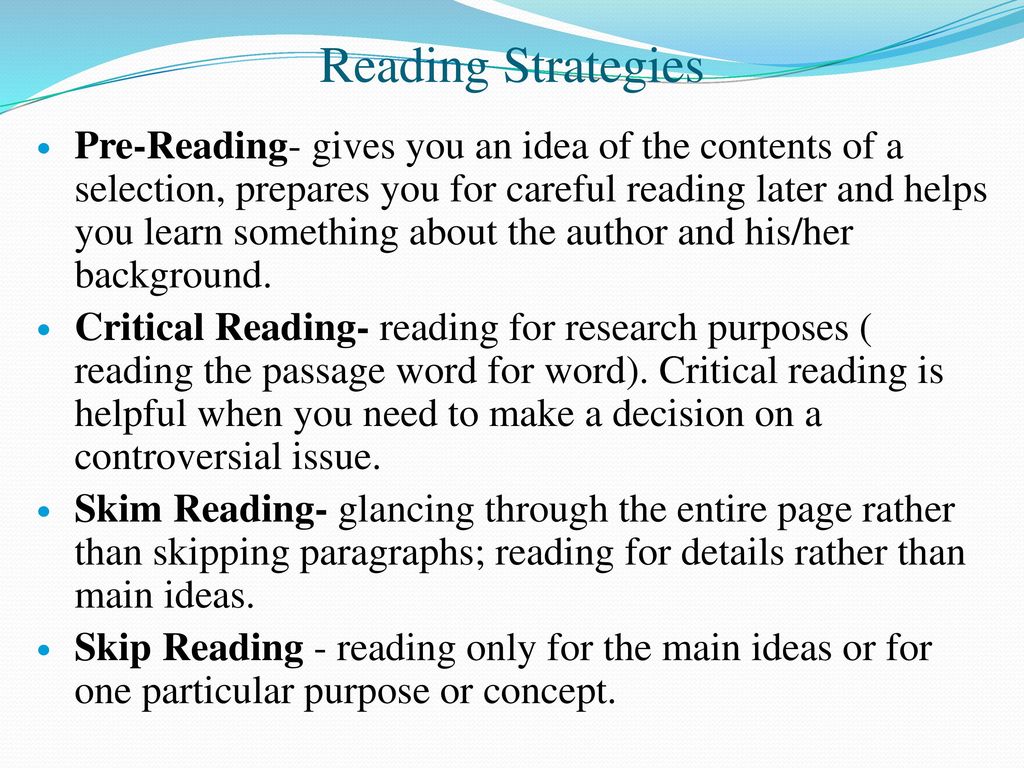 By being able to understand what you read, you can make sense of the text and better understand what the author is trying to convey.
By being able to understand what you read, you can make sense of the text and better understand what the author is trying to convey.
There are two components of reading comprehension: text comprehension and vocabulary knowledge. Vocabulary knowledge is the ability to understand the language being used, while text comprehension uses that language to develop an understanding of the text's meaning.
Why is reading comprehension important?
Reading comprehension is important for several reasons and can provide many benefits. The ability to read effectively can improve both your personal and professional life and increase your overall reading enjoyment. Knowing how to understand text can help improve your knowledge in certain areas and help you pick up new skills and information more quickly.
Additional benefits of good reading comprehension skills include:
-
Ability to understand, analyze and respond to documents and written communication in the workplace
-
Improved your ability to write clearly and effectively
-
Ability to understand and participate in current events which are presented in written form, for example, in newspapers.
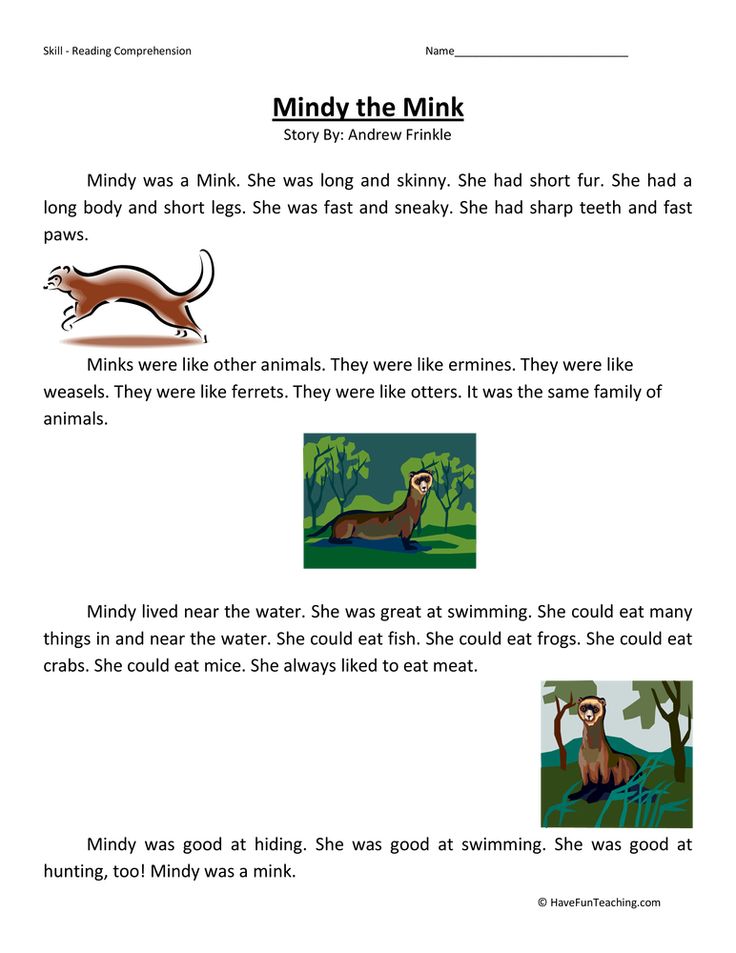
-
Increased ability to focus on reading for extended periods of time.
-
Better Reading Enjoyment and Motivation
Related: The Value of Expanding Your Business Vocabulary
7 Reading Strategies You Can Use to Improve Your Comprehension Skills today to improve your reading comprehension skills. The more you practice, the better you will understand what you read. Below are seven simple strategies you can use to work on your comprehension skills:
-
Improve your vocabulary.
-
Make up questions about the text you are reading.
-
Use context clues.
-
Find the main idea.
-
Write a summary of what you read.
-
Break the reading into smaller parts.
-
Walk yourself.
Related: The Complete Guide to Strategic Planning
1. Improve your vocabulary
Knowing what the words you read means can improve your ability to understand the meaning of a text.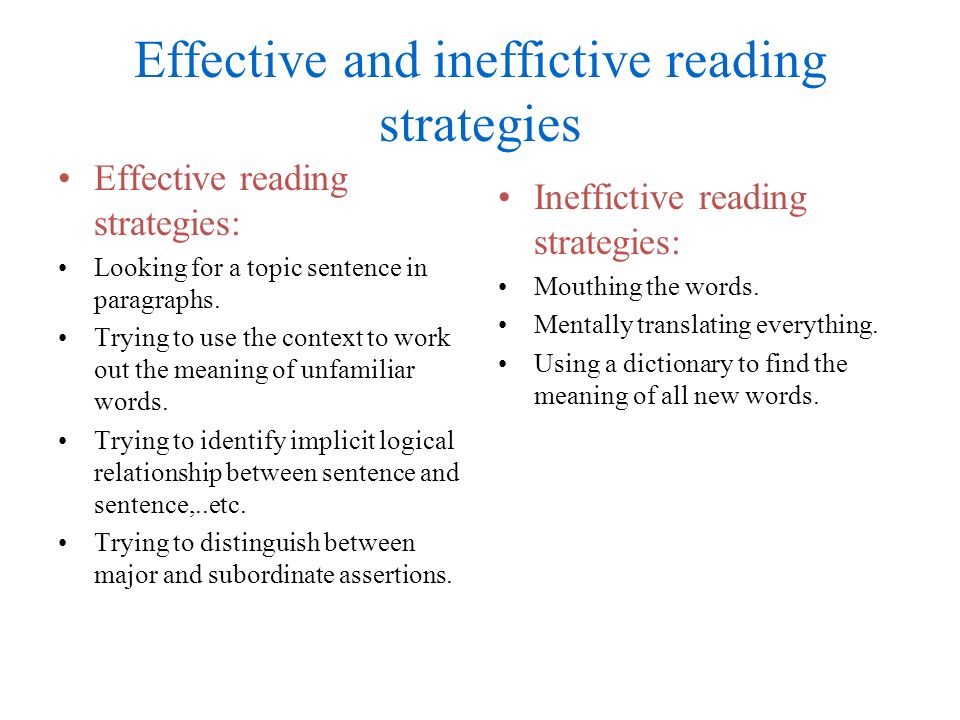 To expand your vocabulary, you can:
To expand your vocabulary, you can:
-
Take the online vocabulary test to assess your current level of vocabulary understanding.
-
Use flashcards to test yourself for words you don't know once or twice a week.
-
Be sure to use the newly learned words in oral and written communication.
-
Read as much as you can to improve your ability to guess the meaning of a word in a particular context.
-
Make a list of unfamiliar words as you read and look them up in a dictionary.
Read more: 10 Easy Ways to Improve Your Vocabulary
2. Make up questions about the text you are reading
By asking questions about what you are reading, you can improve your reading comprehension by allowing you to immerse yourself in the text. It can also expand your general understanding of what you are reading, allowing you to explore themes, motifs, and other components of the text that you might not otherwise know about.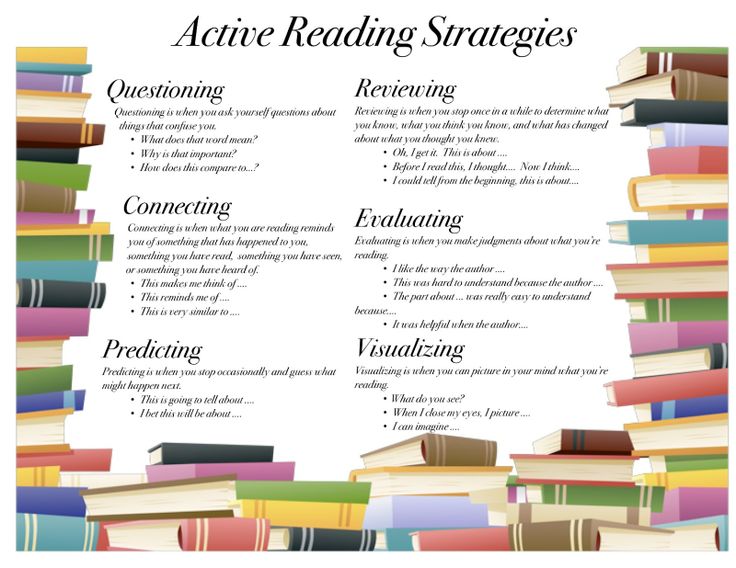 The following are examples of questions you could ask as you read:
The following are examples of questions you could ask as you read:
-
Why did the author start the book from this point?
-
What is the relationship between these two characters?
-
What do we know about the main character up to this point in the book?
-
Are there any themes that keep popping up throughout the book? If yes, what do they mean?
The more specific your questions, the more likely you are to understand the text and its meaning.
3. Use context prompts
Using context clues is a great way to understand what you're reading, even if you don't know all the vocabulary involved. Context clues can be found in the words and sentences surrounding a word you are unfamiliar with. To use context clues, you can focus on key phrases or ideas in a sentence and infer the main idea of a sentence or paragraph based on that information. You can also search for nearby words that are synonyms or antonyms for a word you don't know.
4. Look for the main idea
Identifying the main idea of a paragraph or article can help you determine the importance of the article. Understanding why what you read is important will help you better understand what the author is trying to convey. When reading, pause every few paragraphs and see if you can decipher the main idea. Then try to state the main idea in your own words for even greater understanding.
5. Write a summary of what you read
A great way to expand your reading knowledge is to write a resume. Summing up requires you to decide what is important in the text and then express it in your own words. Summing up allows you to determine if you really understand what you read and remember what you read better in the long run.
6. Break your reading into smaller parts
If you are reading a longer or more complex text, consider breaking it up into smaller parts. For example, you can read two paragraphs at a time and then pause to quickly summarize what you just read in your mind.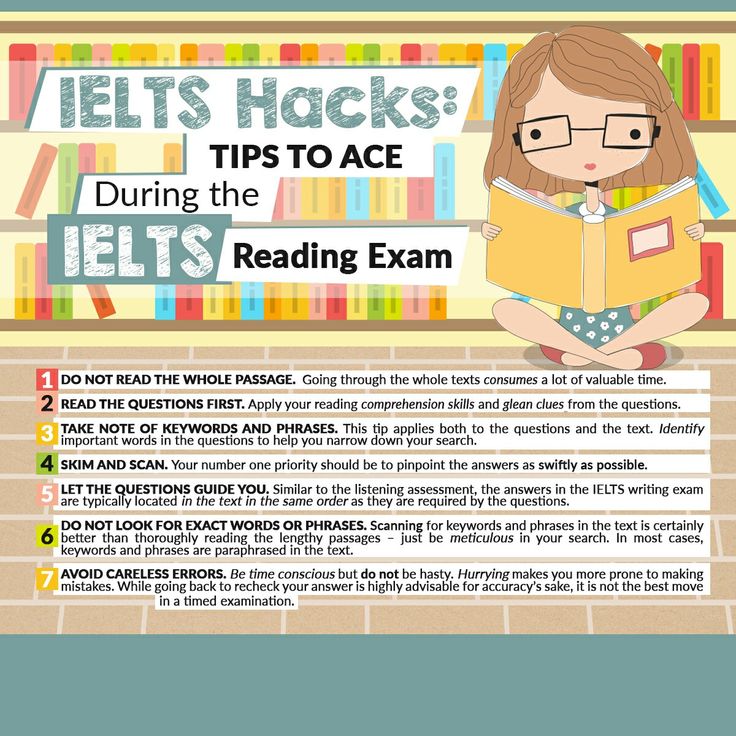 Sharing what you read will help you feel less overwhelmed and give you a better chance of really understanding the information in the text.
Sharing what you read will help you feel less overwhelmed and give you a better chance of really understanding the information in the text.
7. Keep up the pace
Tempoing yourself is also an effective way to work on your reading comprehension skills by allowing you to set realistic goals for your reading practice and habits. This is especially true for books or other literature that you find difficult. Set yourself a goal that you know you can achieve every day. For example, instead of saying that you want to read the entire book in two days, say that you will read three chapters a night. This allows you to achieve your goals and also gives you enough time to process what you read between each session.
Tips for getting the most out of your reading comprehension practice
Reading is a fundamental part of everyday life. The more you include and prioritize reading and comprehension of what you read, the better your overall reading comprehension will become. These tips will help you make the most of your time as you practice your reading skills.
These tips will help you make the most of your time as you practice your reading skills.
Eliminate distractions
When you are distracted, your ability to understand what you read is impaired. When reading—even if it's just an email—eliminate distractions and focus solely on the text. This will help you learn to pay attention to what you are reading and will let you know if you understand what you are reading.
Read a book below your reading level
Starting with books below your reading level, you will be able to develop and build on a basic level of reading comprehension. Instead of starting with books or other text that you find difficult, read what is comfortable for you and what you can easily understand. You can take an online test to determine your current reading level.
Reread the text to make sure you understand it
If you finish a sentence or paragraph and find that you don't understand what it is trying to convey, take the time to reread it until you understand.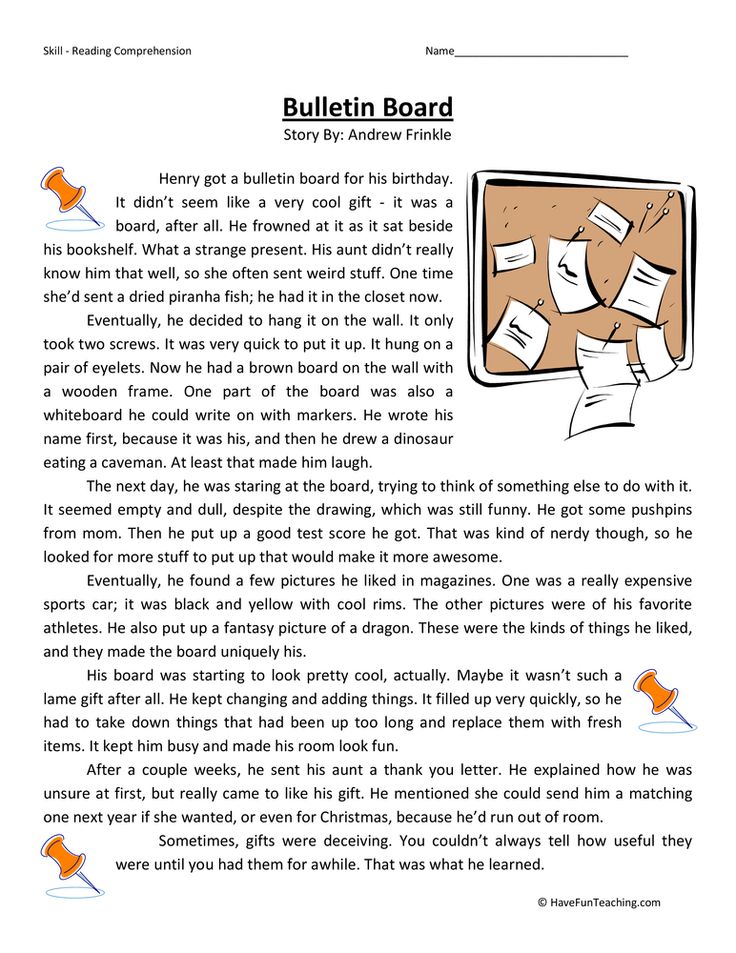

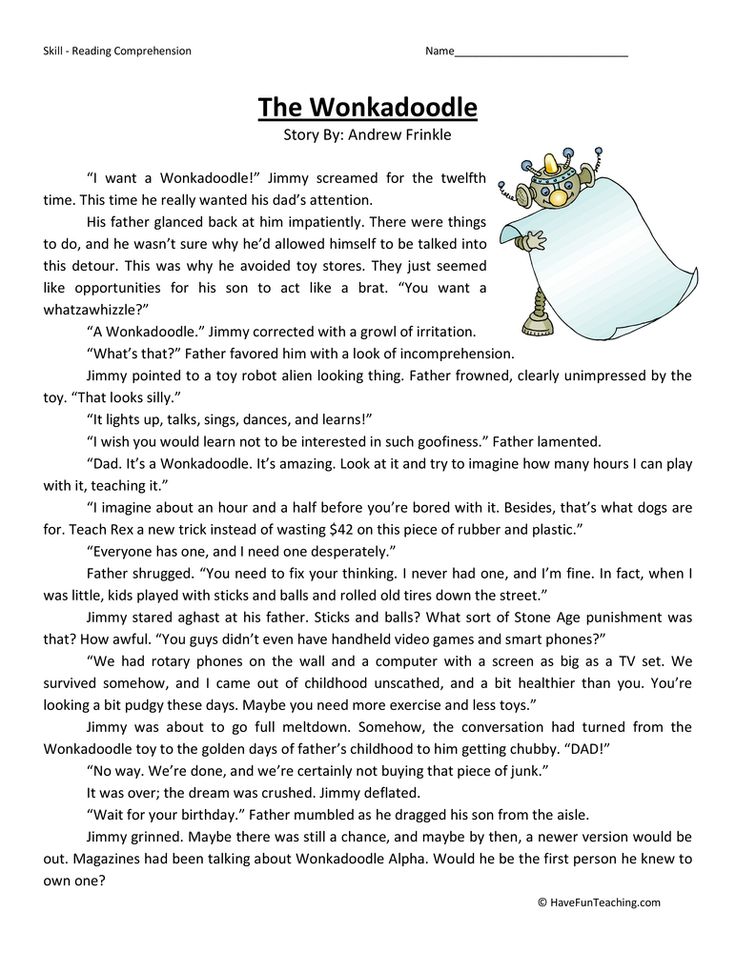 Focuses on fluency and phonics with additional support for vocabulary.
Focuses on fluency and phonics with additional support for vocabulary.